Skopje
The road from Kosovo led me to North Macedonia — the last country of former Yugoslavia on my way.
This is a very interesting country. Not long ago, it was simply called Macedonia, but Greece forced it to change its name to North Macedonia, and here’s why.
Once, a nationalist party in Simply-Macedonia, called VMRO-DPMNE, decided that their country has some connection to the ancient state led by Alexander the Great.
Nationalists didn’t care that even the capital of their country, the city of Skopje, was founded 300 years after Alexander’s death. They simply erected a monument to him right in the center of the city.
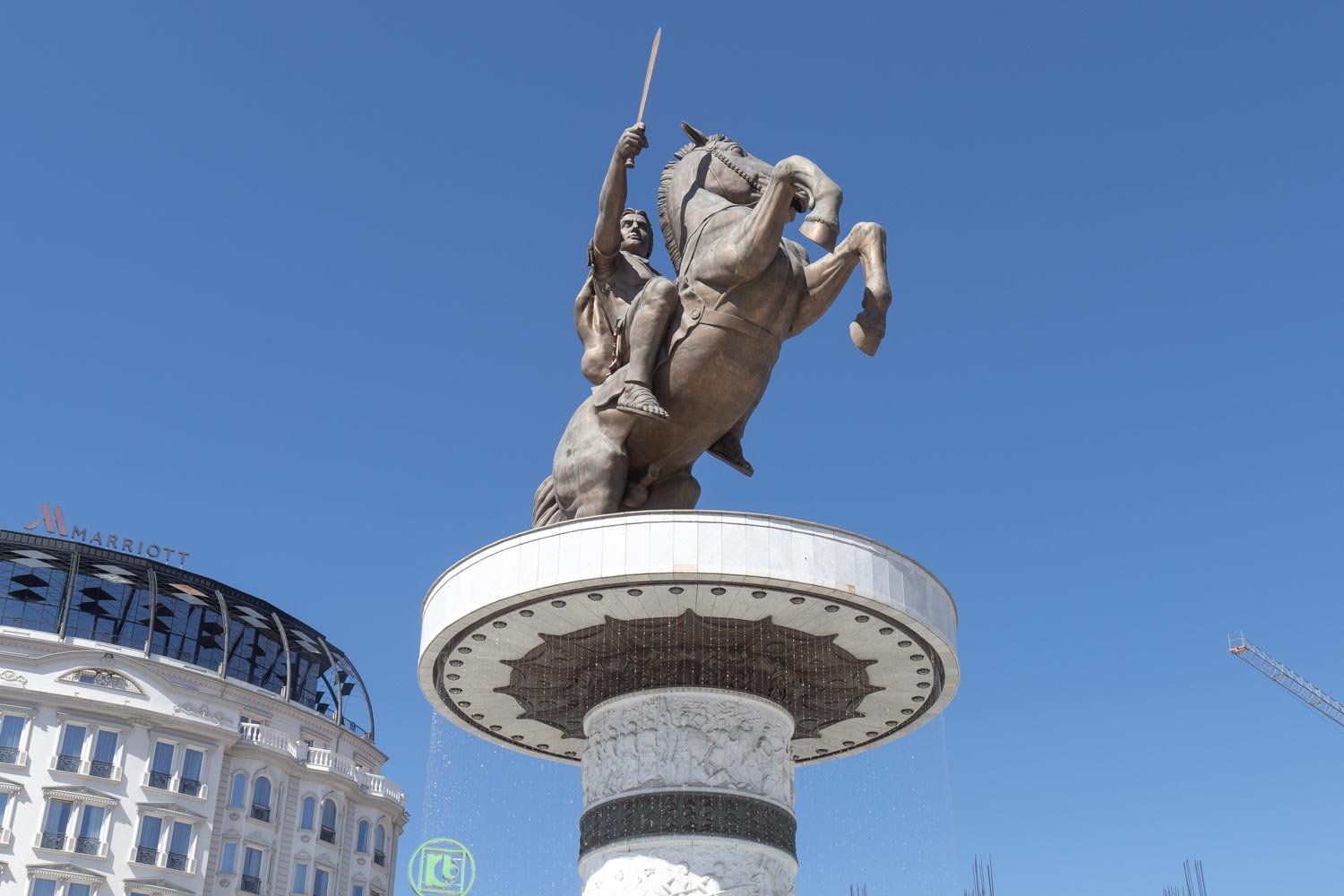
The monument pleased the public. VMRO-DPMNE scratched their heads and decided to erect another one — to Philip of Macedonia, Alexander’s father.
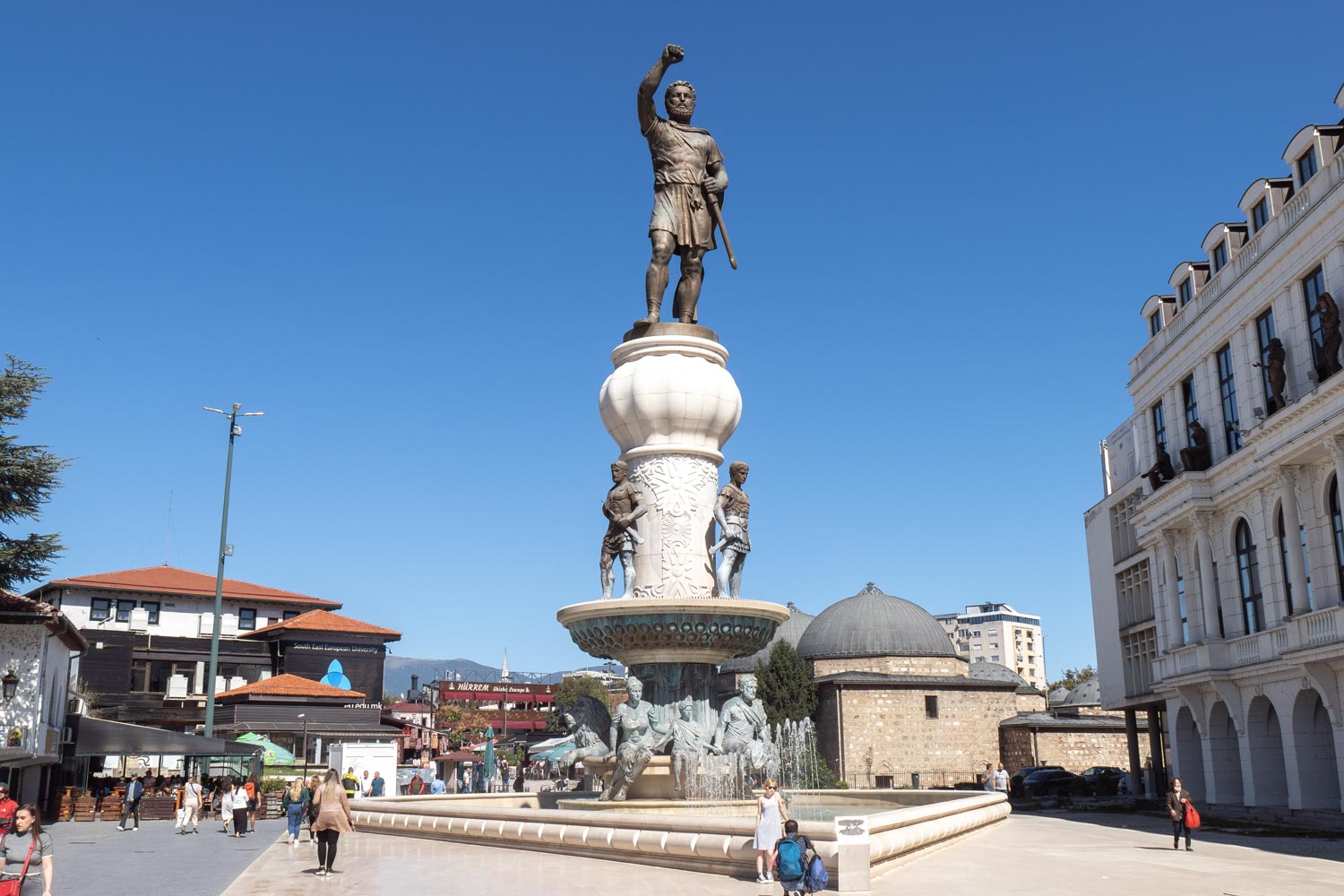
Looked and thought: not bad either! Maybe erect another monument? There was a king named Samuel. Of course, he was the king of Bulgaria. But for a whole 25 years, the Macedonian city of Ohrid was the capital of Bulgaria. We have the right to consider him ours.
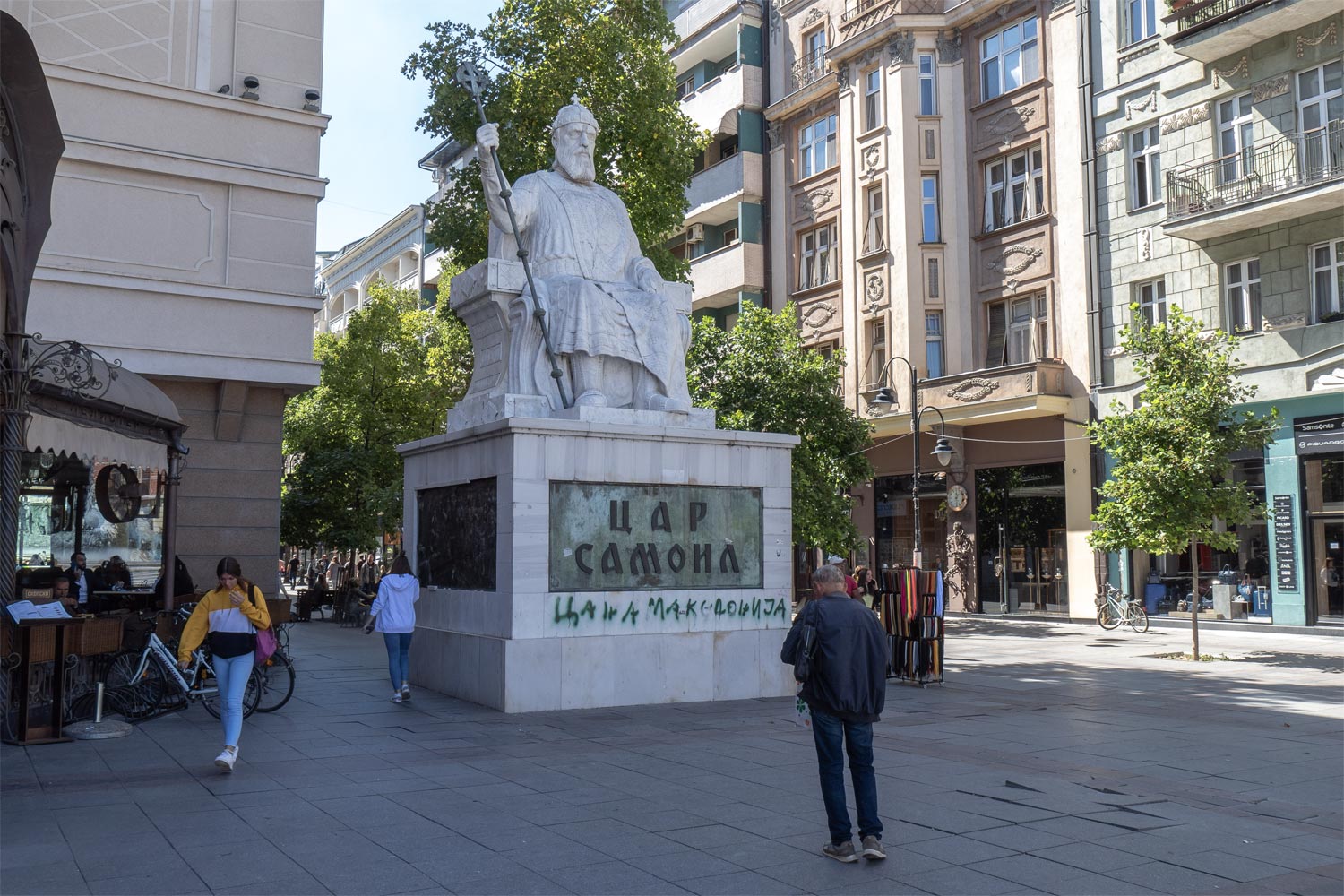
Gradually, the Macedonians went off head and started building monuments to everyone: Greek linguists Cyril and Methodius, Byzantine Emperor Justinian, Albanian writer Petar Bogdani, and so on.
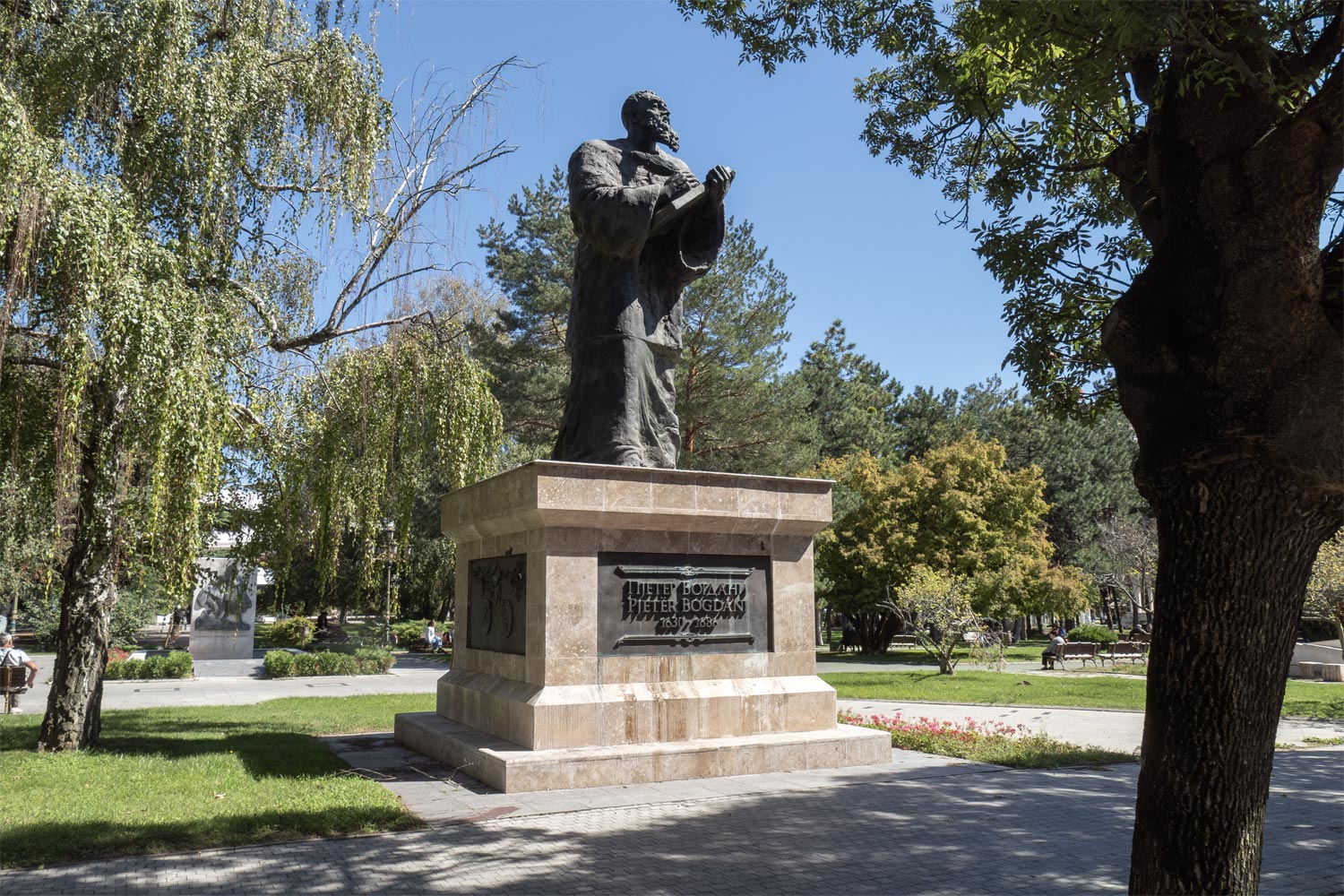
What relation did all these people have to Macedonia? None. But the idea of monuments appealed so much to VMRO-DPMNE that they decided to launch the Skopje-2014 program, aimed at increasing tourism in the country through monumentization of the nation.
As a result, Skopje got filled with sculptures to such an extent that there was hardly any space left in the city.
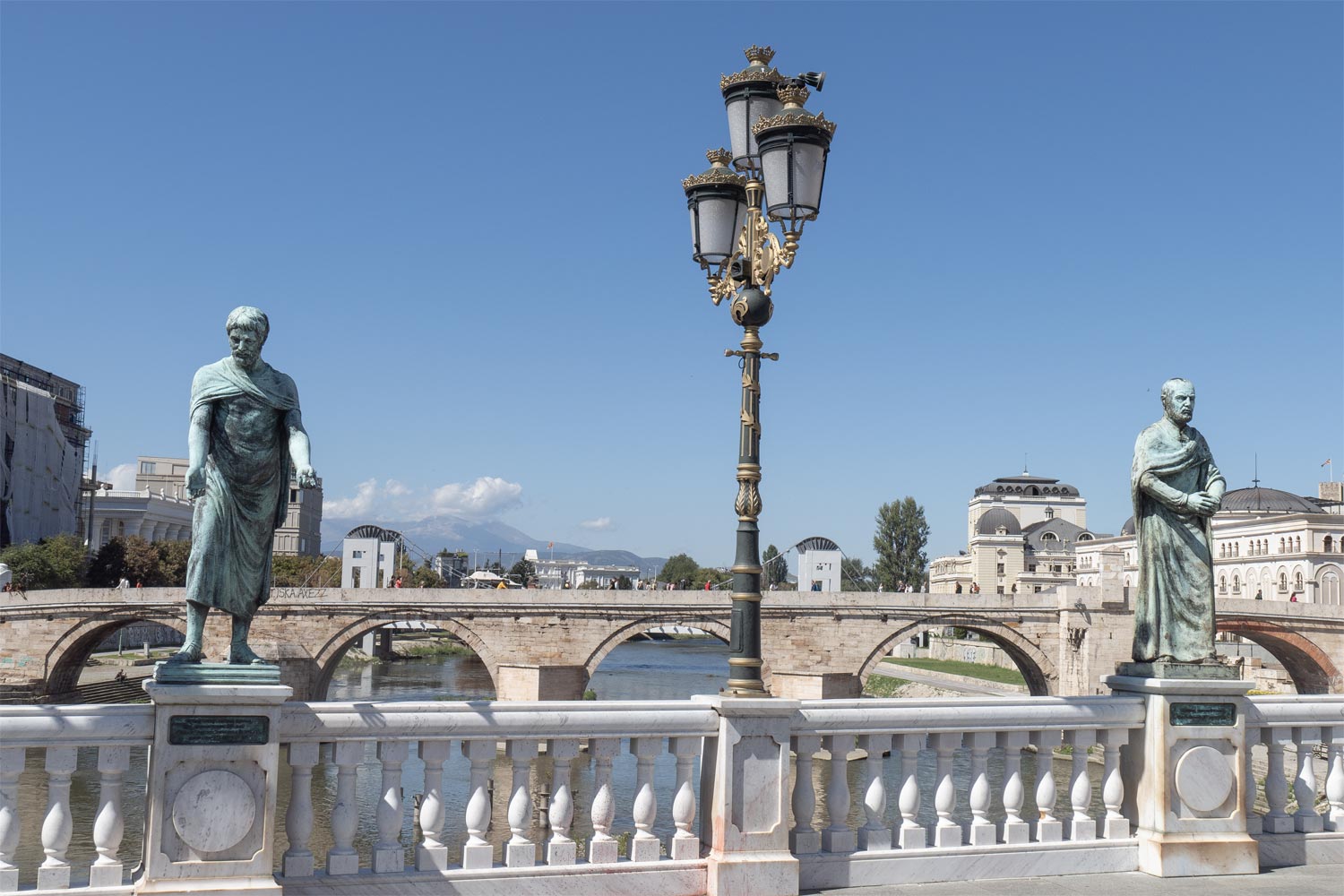
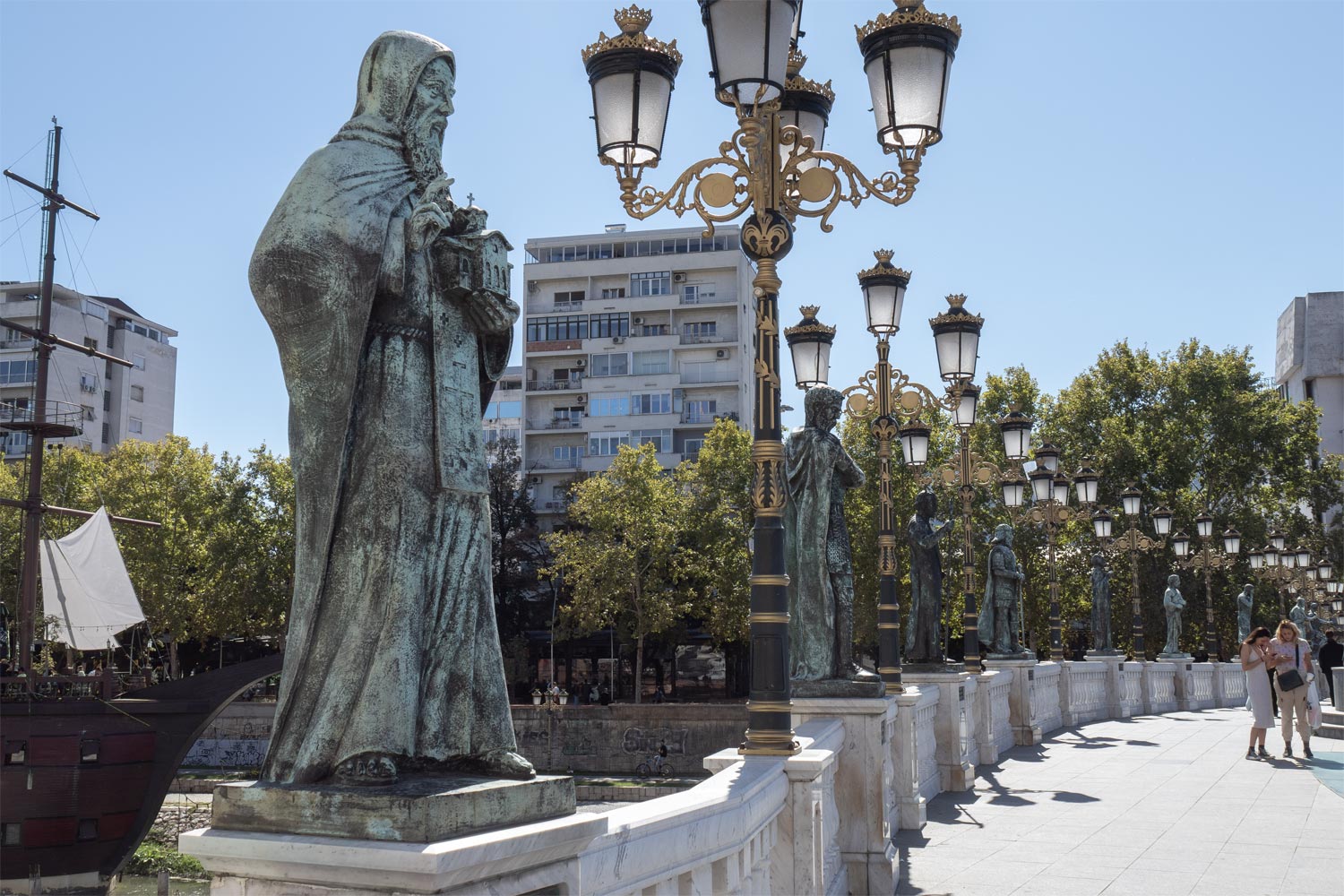
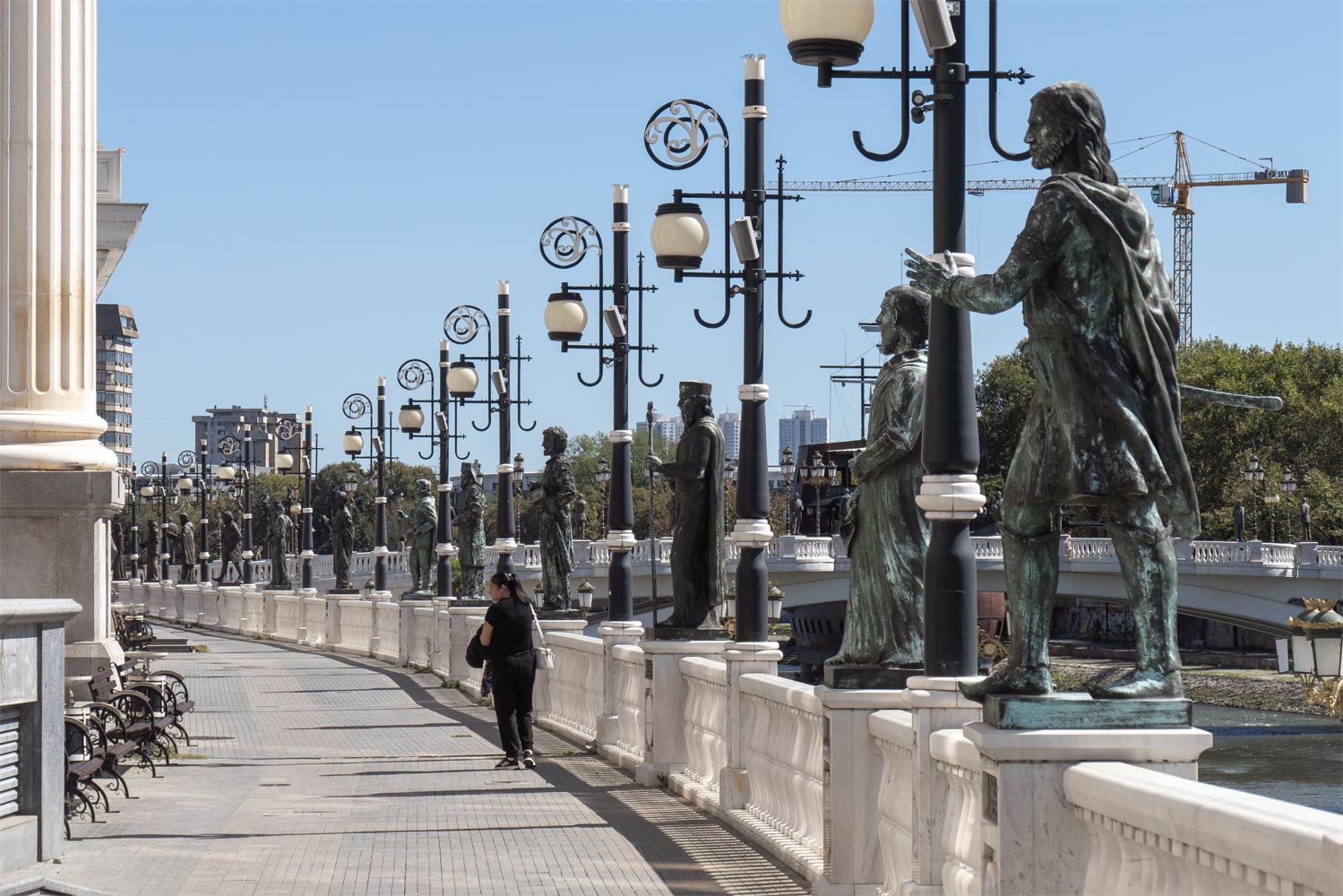
When they ran out of people, Macedonians started erecting monuments to horses and lions.
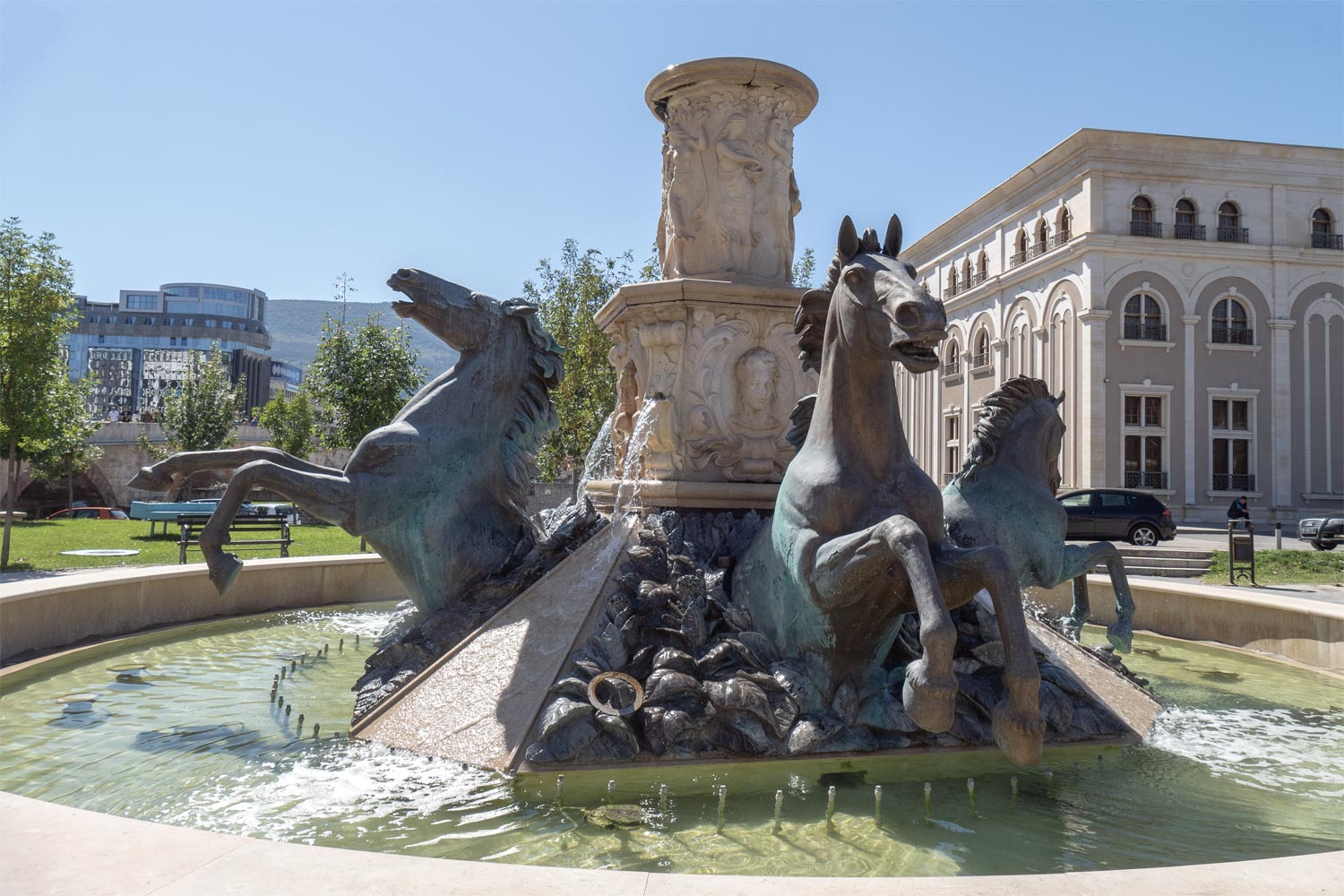
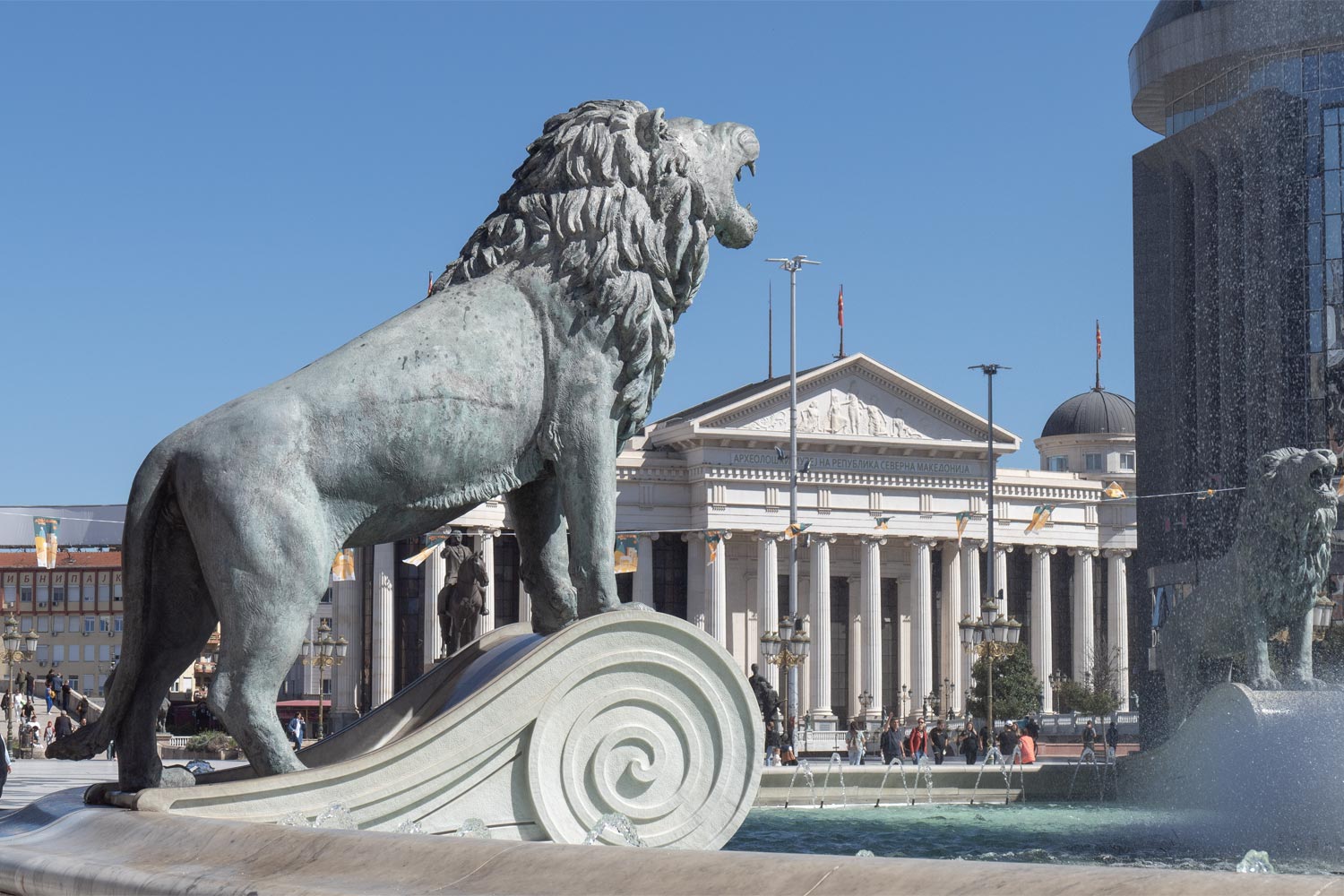
At some point there were so many monuments, but the budget was not even halfway utilized. That’s when VMRO-DPMNE went off nut and stuck up triumphal arches and Roman columns all over Skopje.
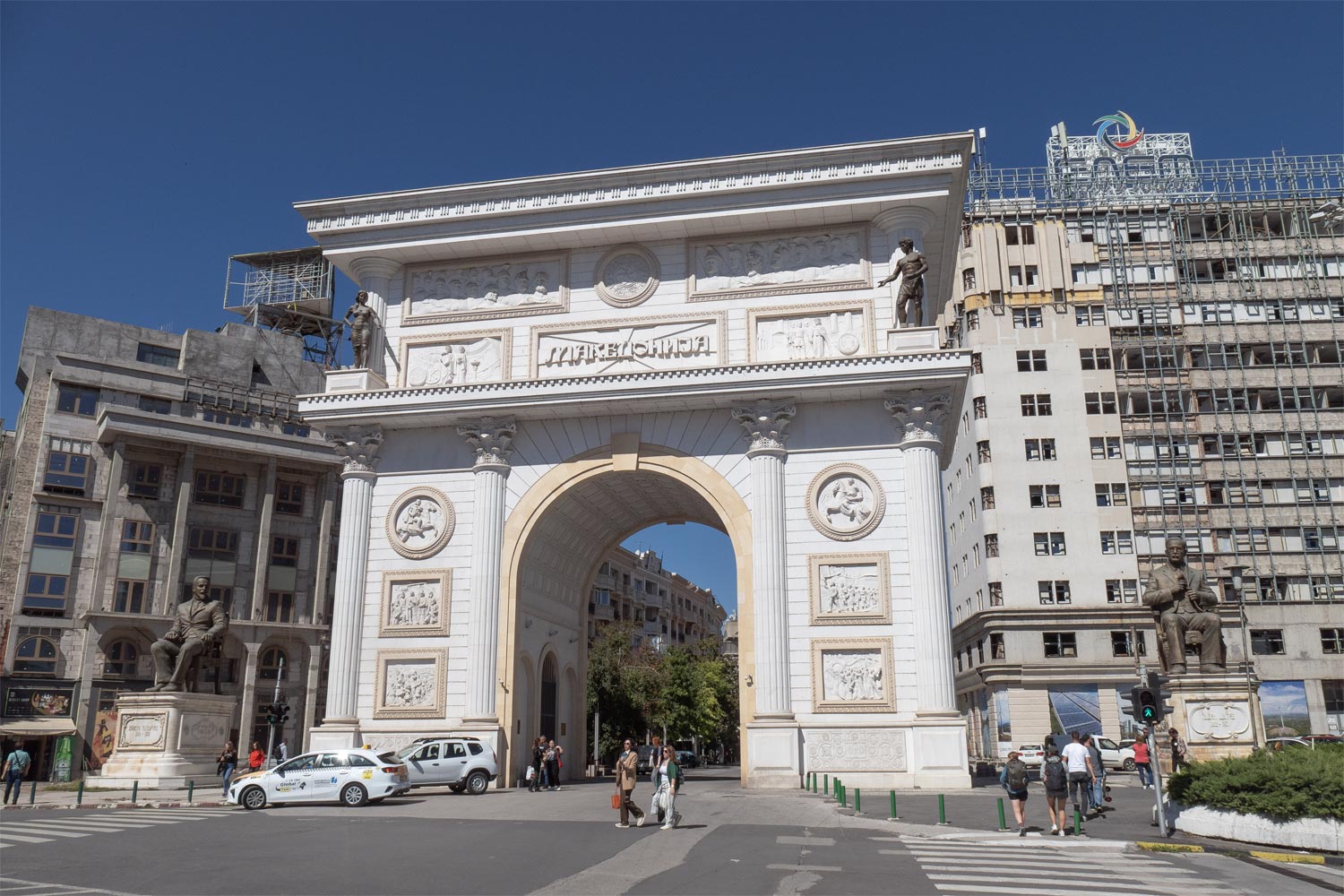
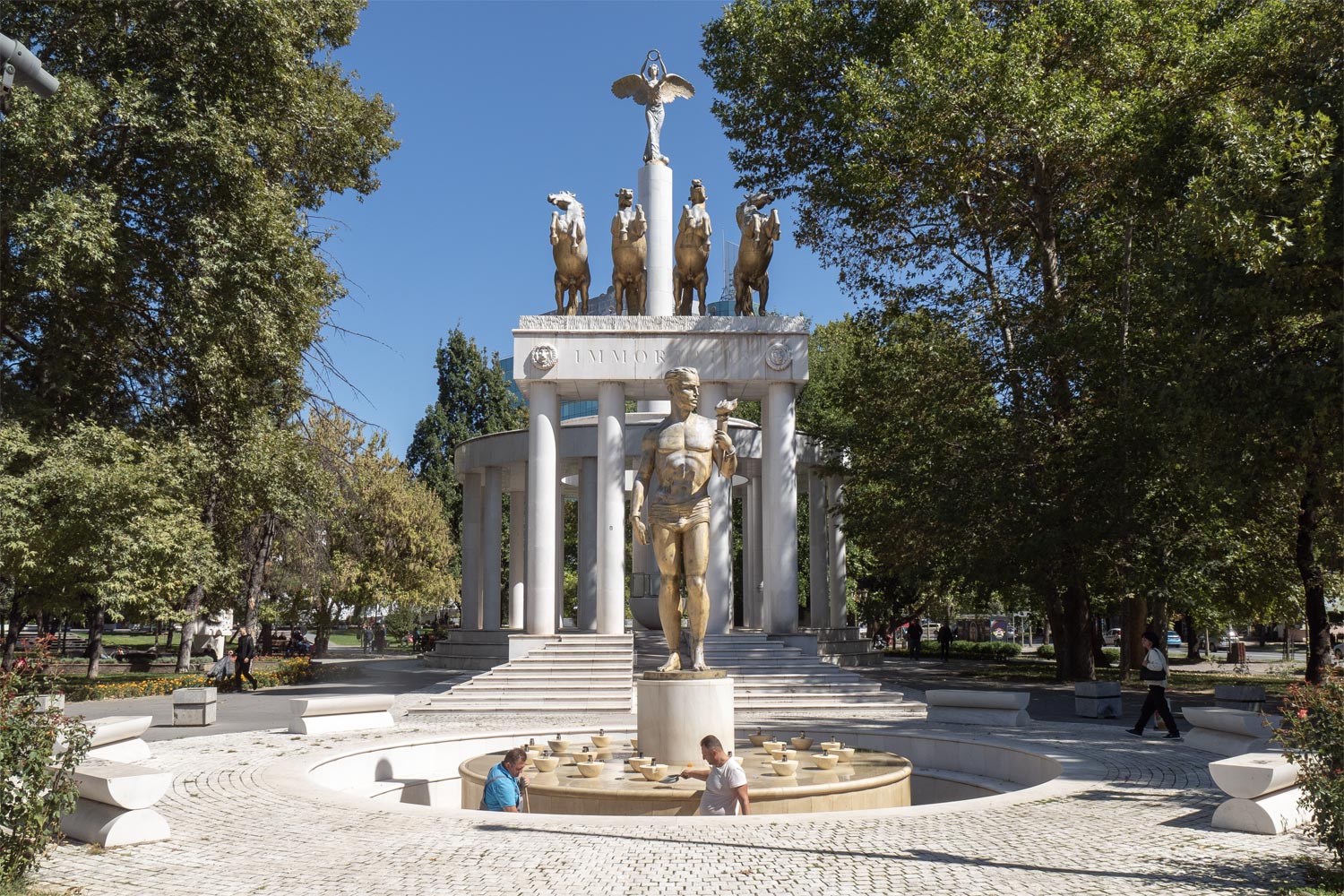
The gem of the collection was the new Archaeological Museum of Macedonia, designed in the style of the Greek Parthenon.
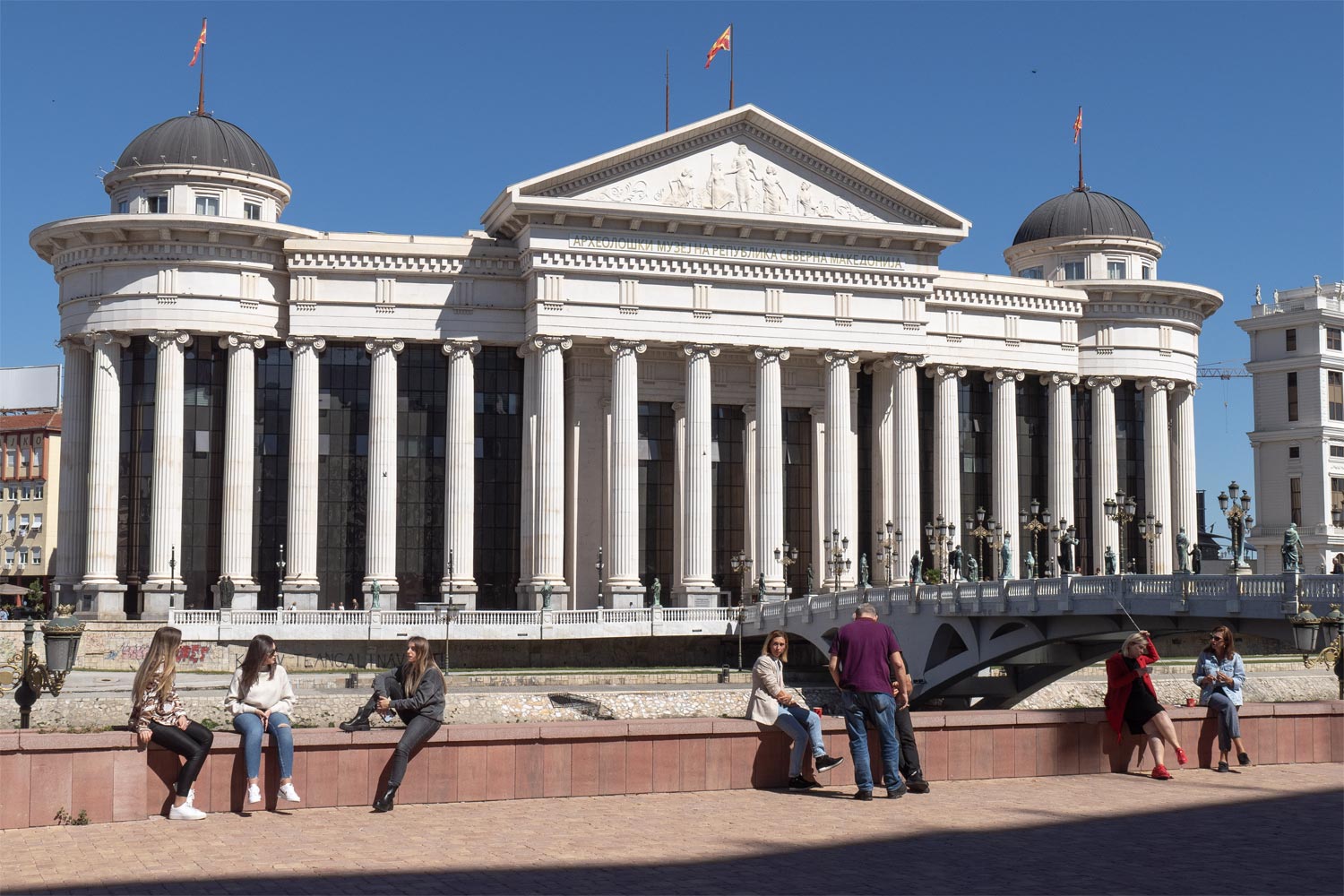
The cherry of the Macedonian Parthenon — glass panels between the columns. I swear by Zeus, Pericles would have turned in his grave.
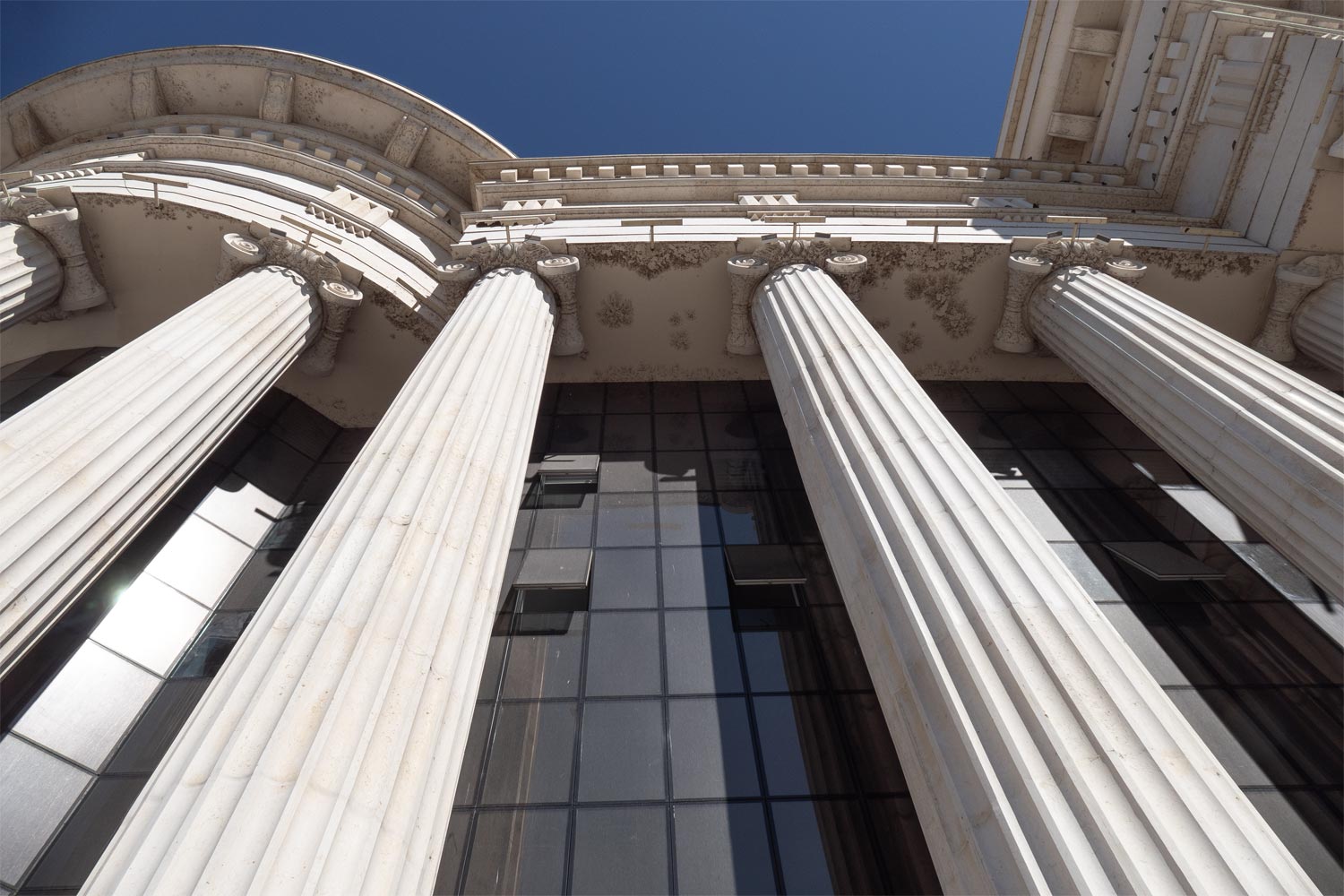
So here’s why Greece asked Macedonia to change the name of the country. It’s because the Greeks looked at all this mayhem and couldn’t take it anymore:
“Listen, guys, we understand. You can erect monuments to anyone you want in your own country. But there’s a question. We have a region in Greece that borders you. It’s also called Macedonia. Will you claim that this region is your historical homeland?”
“Why would we? We’re about to join NATO ourselves.”
“Aha, some already joined... How about changing your name? For example, to Monumentstan.”
“Oh, you know what? That would be irredentism. Just like that.”
“Fine, then North Macedonia. And if you don’t rename, we won’t let you into NATO.”
As a result, Macedonia had to hold a referendum and change its name to North Macedonia. So now the country is called that, even though there is no South Macedonia anywhere in nature at all.
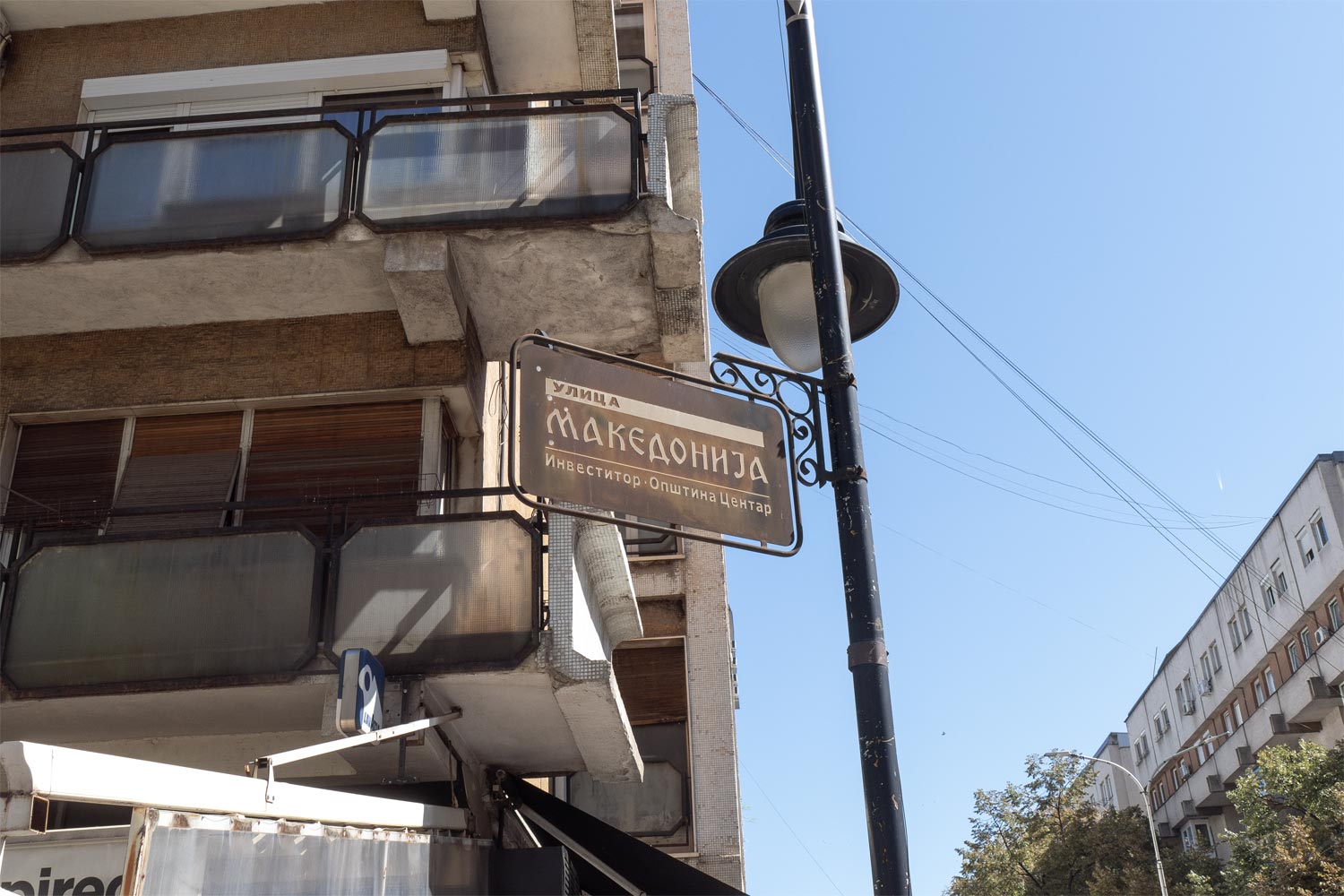
I don’t want to say that Macedonia has nothing of its own. The country had its own national heroes as well. Many monuments have been erected in Skopje to them too. However, the majority of them are unknown revolutionaries and writers.
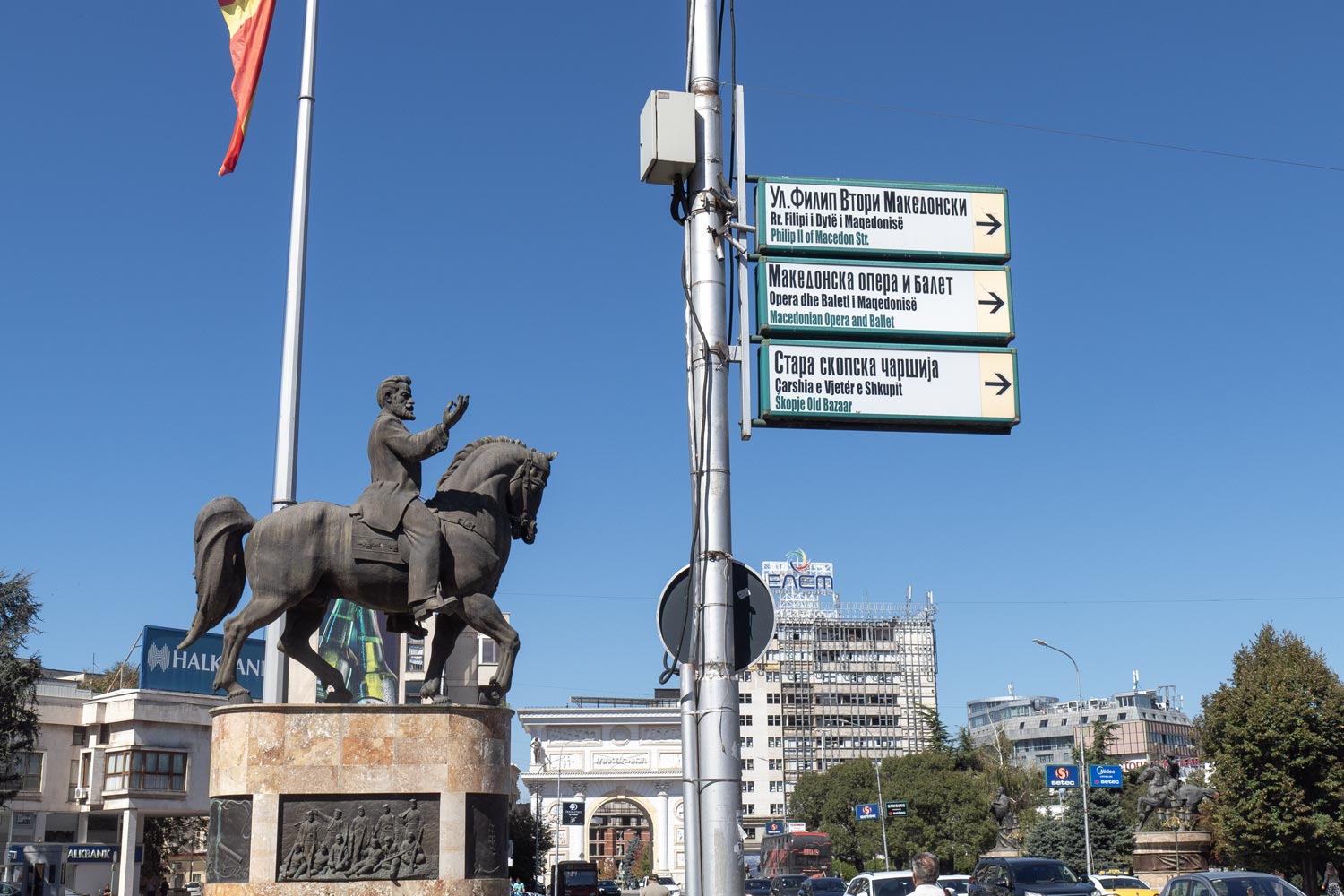
Mother Teresa
However, one person from Macedonia made a global impact. That person is a woman named Agnes Gonxha, known by the pseudonym “Mother Teresa.”

Under the guise of charity, this kind-hearted babushka spent many years laundering money.
With the support of the Vatican government, she established an international network of hospices — houses of assistance. The hospices in the distant Indian city of Kolkata gained the most fame. Tracking the money in India was extremely difficult, and it is unlikely that anyone kept count of the deceased in these homes.
The Teresa Foundation received money from international criminals, such as Haiti’s President Jean-Claude Duvalier, who killed approximately 50,000 people, and prominent fraudsters like Charles Keating, who was sentenced to 4 years in prison for financial manipulations.
In turn, Mother Teresa herself was involved in whitewashing the reputation of her sponsors, while the money disappeared without a trace from her foundation’s accounts. The German magazine Stern once calculated that only 7% of the donations went towards charity.
Naturally, the patients were kept in inhuman conditions. According to an eyewitness, the hospices resembled Nazi concentration camps: rows of cots and bald patients. Those dying from serious illnesses were mainly given aspirin and other painkillers. There were not enough drips for everyone, and needles were reused multiple times, rinsed with regular water in the sink.

Mother Teresa compared the suffering of the sick to the torments of Jesus Christ, and she referred to AIDS as a comeback and an equivalent of God punishing gays. Of course, Agnes herself sought treatment not in her own “houses of mercy” but in a top-notch clinic in California.
All of this came to light quite late. It was only in 1994 that the film “Angel of Hell” was released, exposing Teresa’s crimes.
Unfortunately, the accusations were not proven in court and remain solely based on eyewitness testimonies. Mother Teresa herself has been canonized by the church as a saint. However, even rumors of such magnitude should give pause for thought: perhaps it is not advisable to glorify sketchy persons who present themselves as messengers of invisible beings?
The Macedonian party VMRO-DPMNE responded decisively: yes. And erected a dozen monuments of Mother Teresa in Skopje.
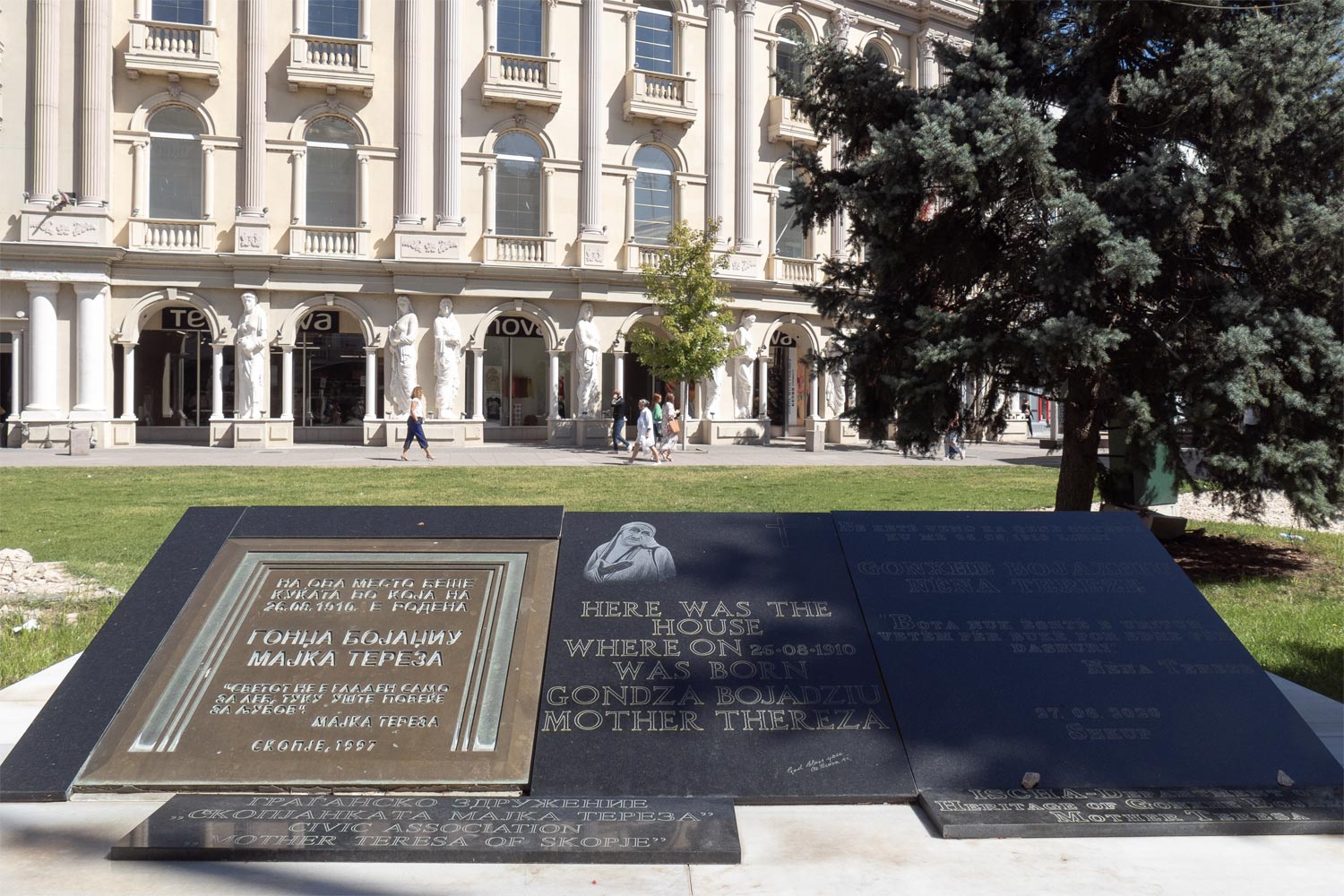
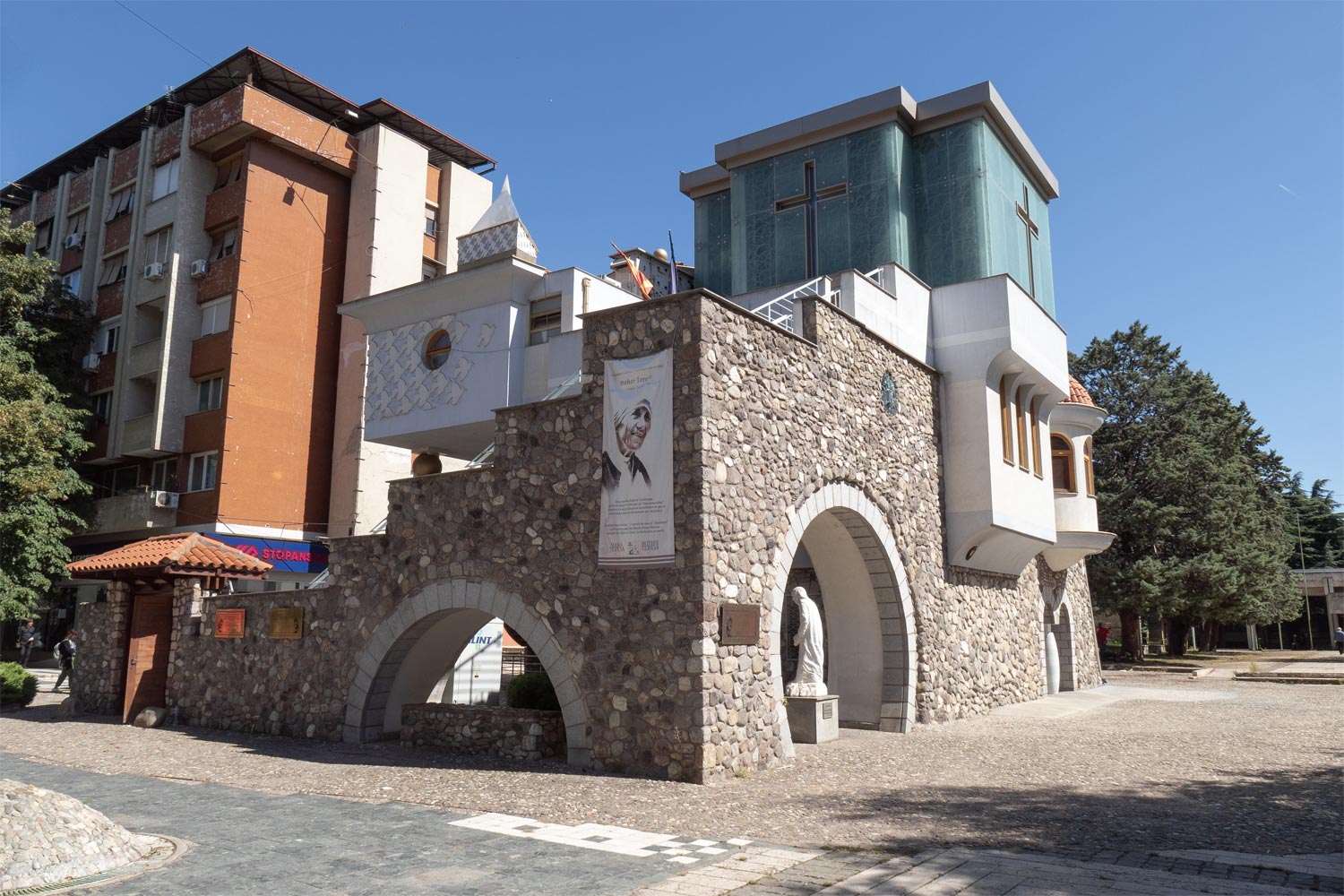
I find it difficult to understand the meaning of some of them.
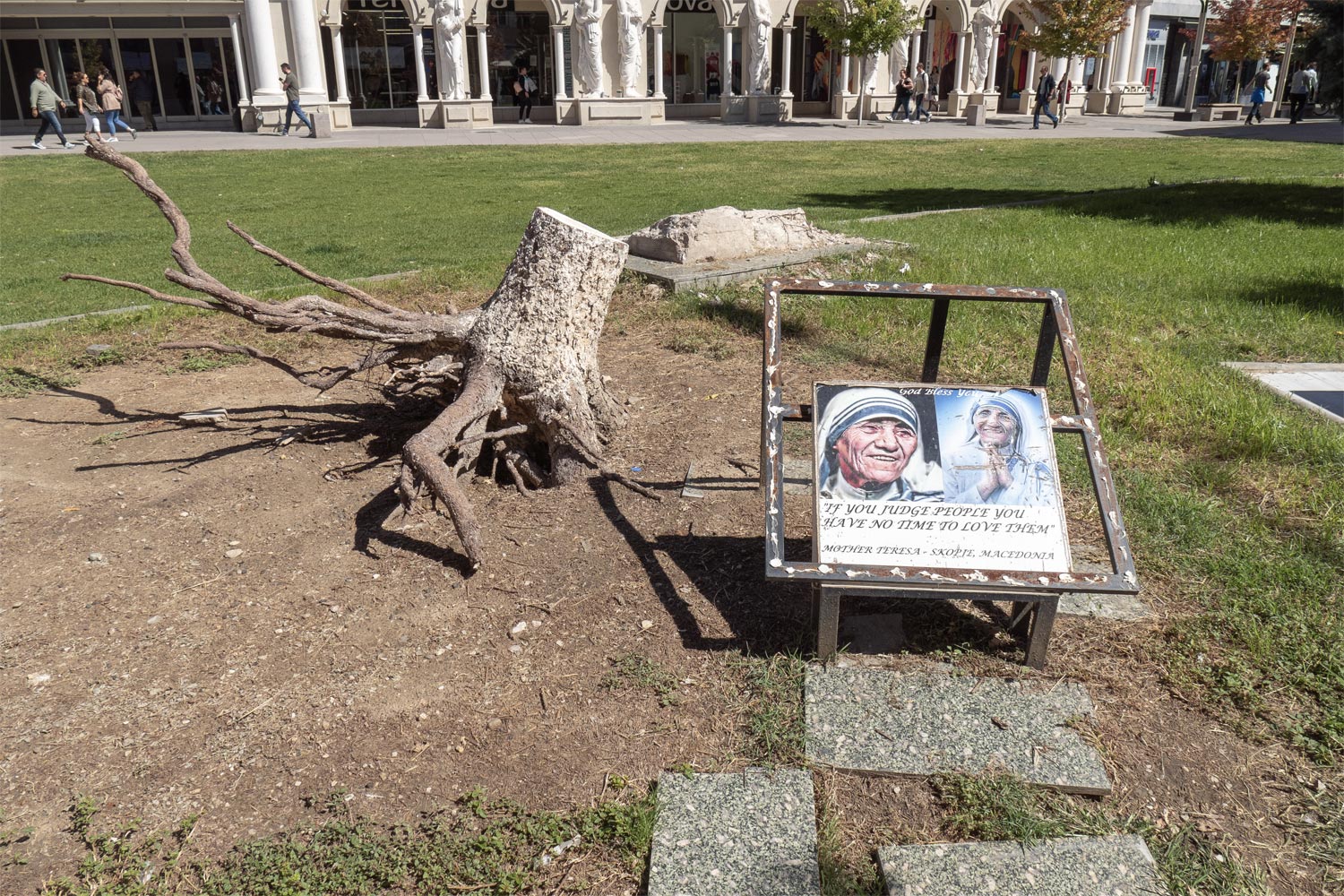
Christian part
So, what does Skopje represent? The city is loosely divided into two parts: the Christian and Muslim. In the center of the Christian part, there is a square with Alexander the Great.
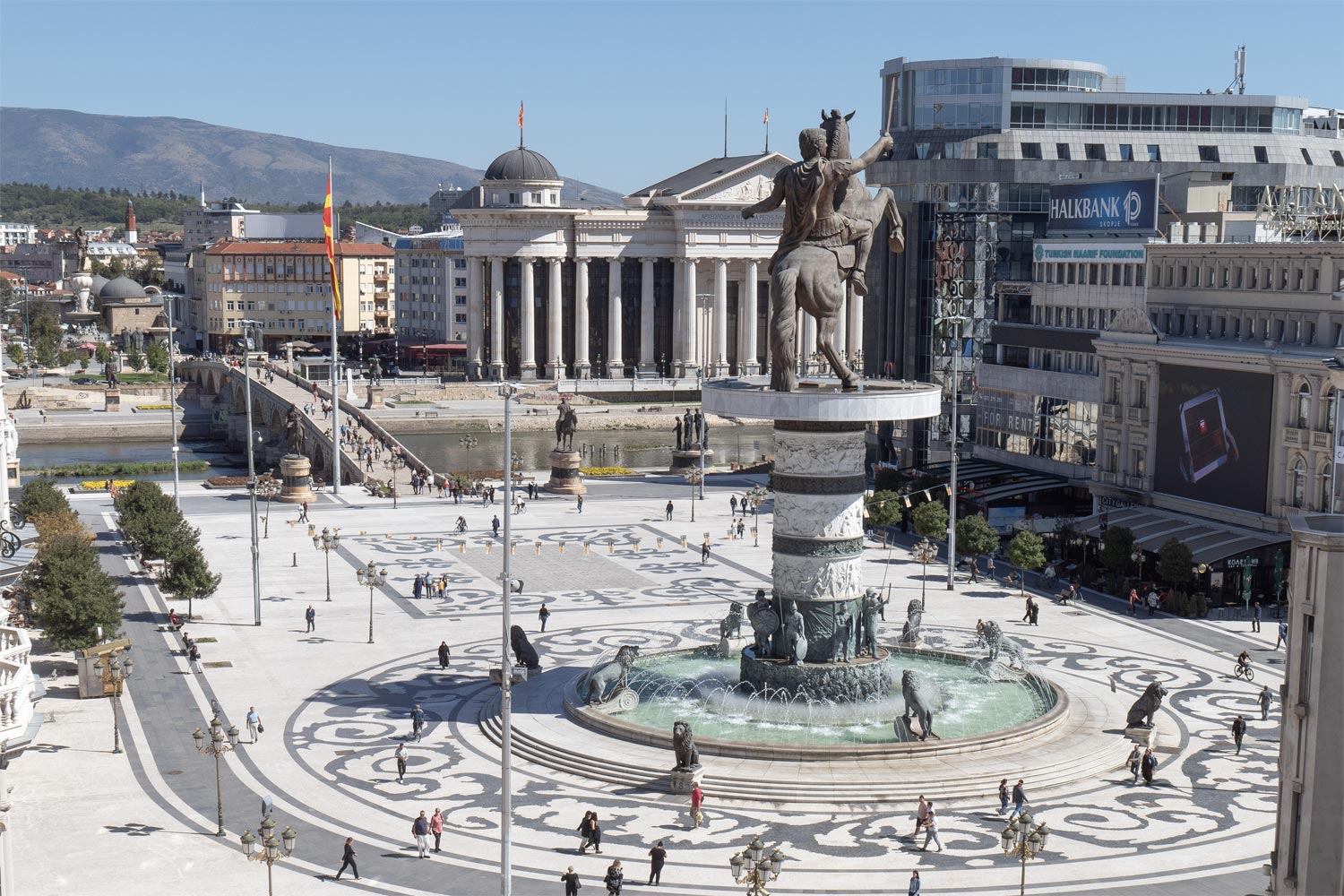
Surrounding the square are luxury hotels, shopping centers, and casinos. Everything for tourists.
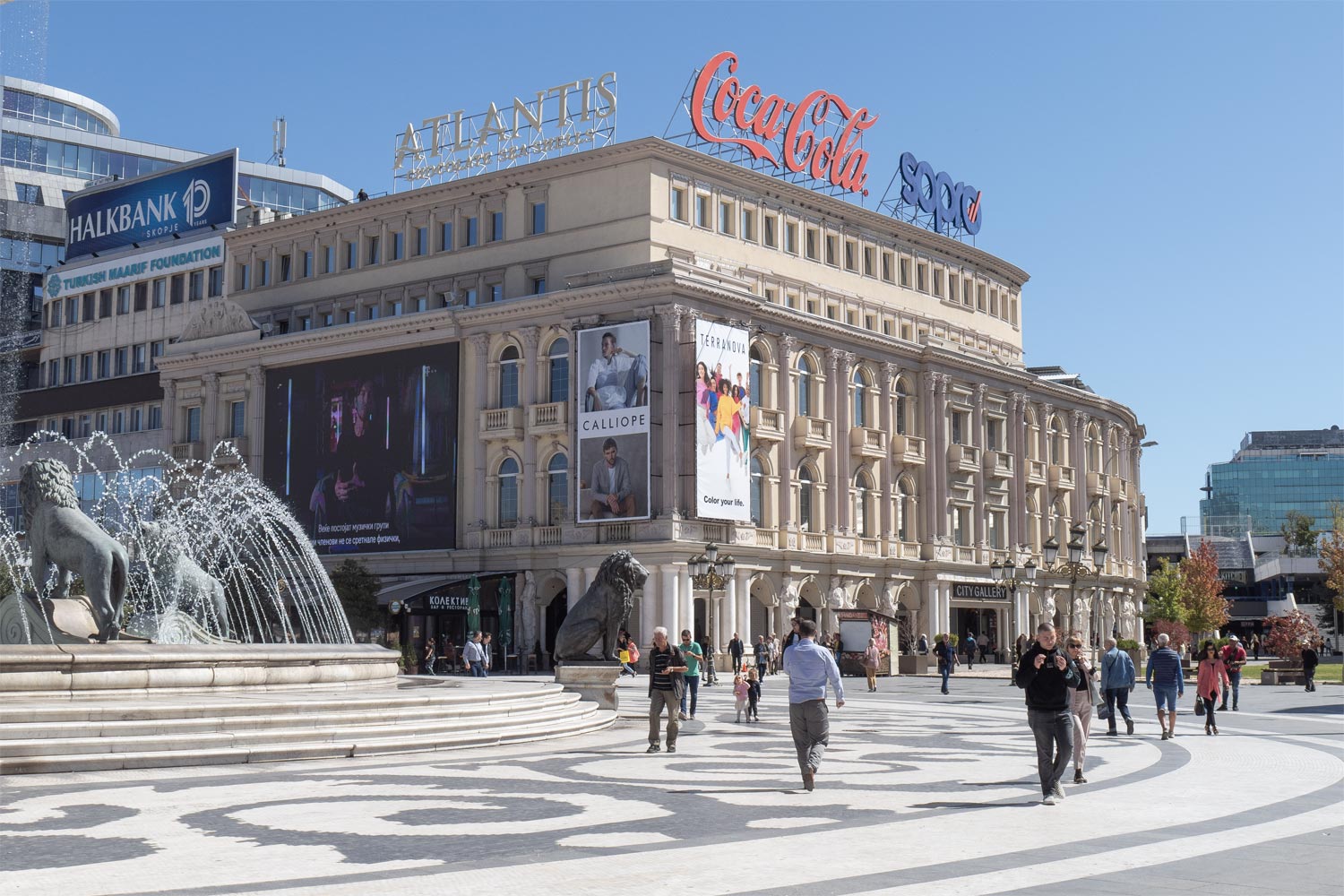
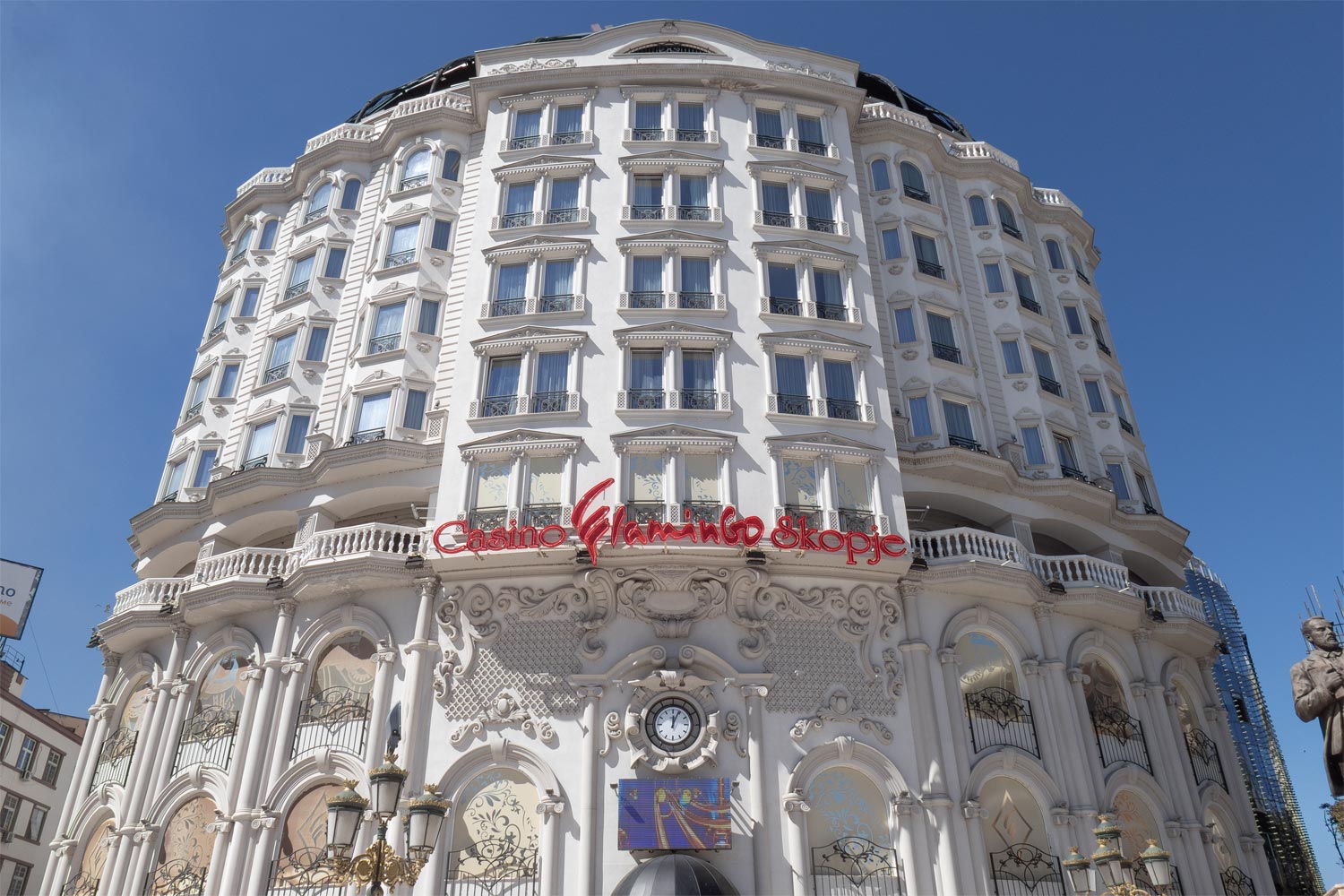
To be honest, amidst all this blatant tackiness, one can spot a couple of cool facades.
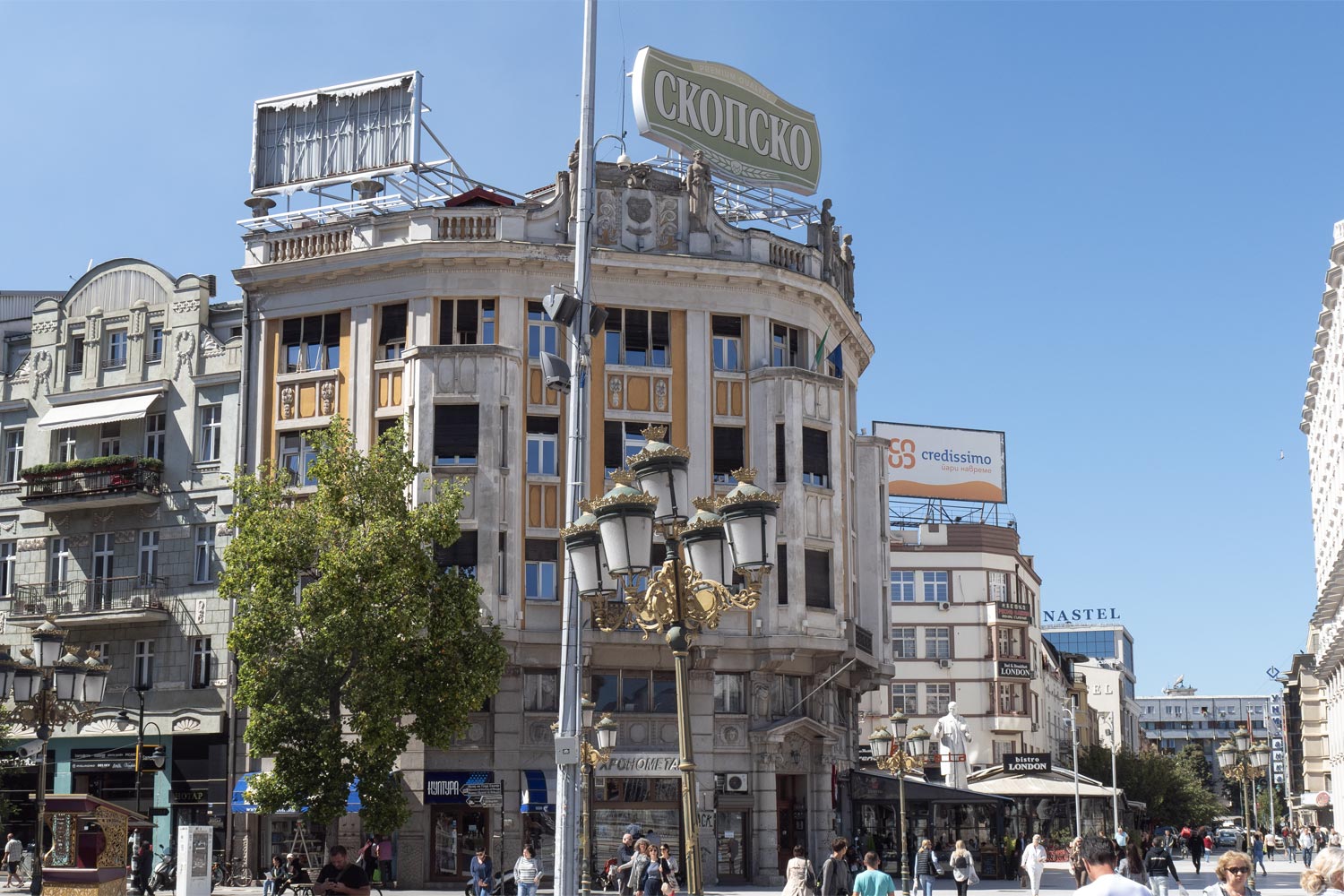
But overall, it’s a terribly stuffy modern newmade. Everything is meticulously detailed. Seems like neoclassical, yet it feels like you look at a project.
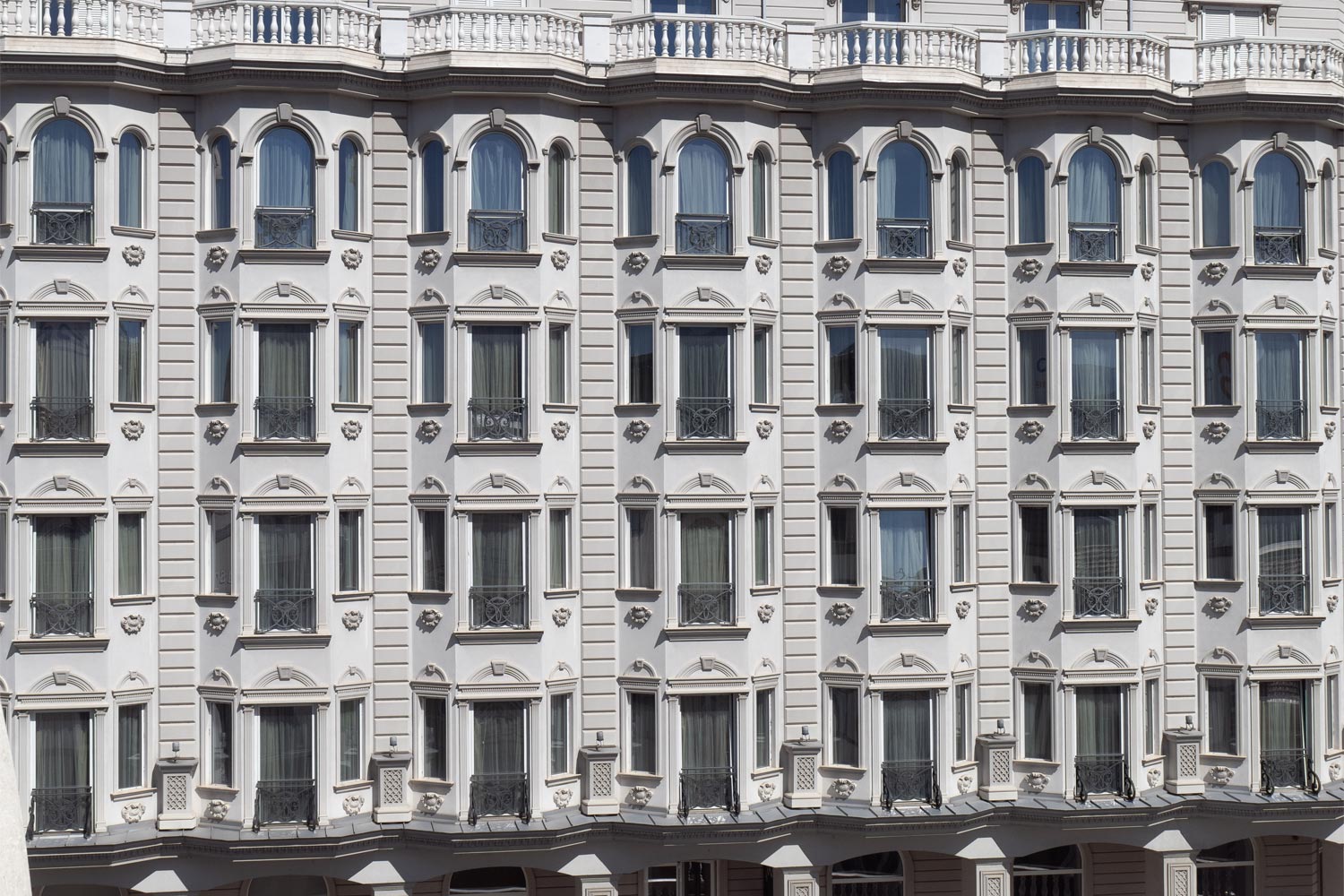
Right behind Alexander the Great gapes an unfinished brick palace. At least cover it up with a poster.
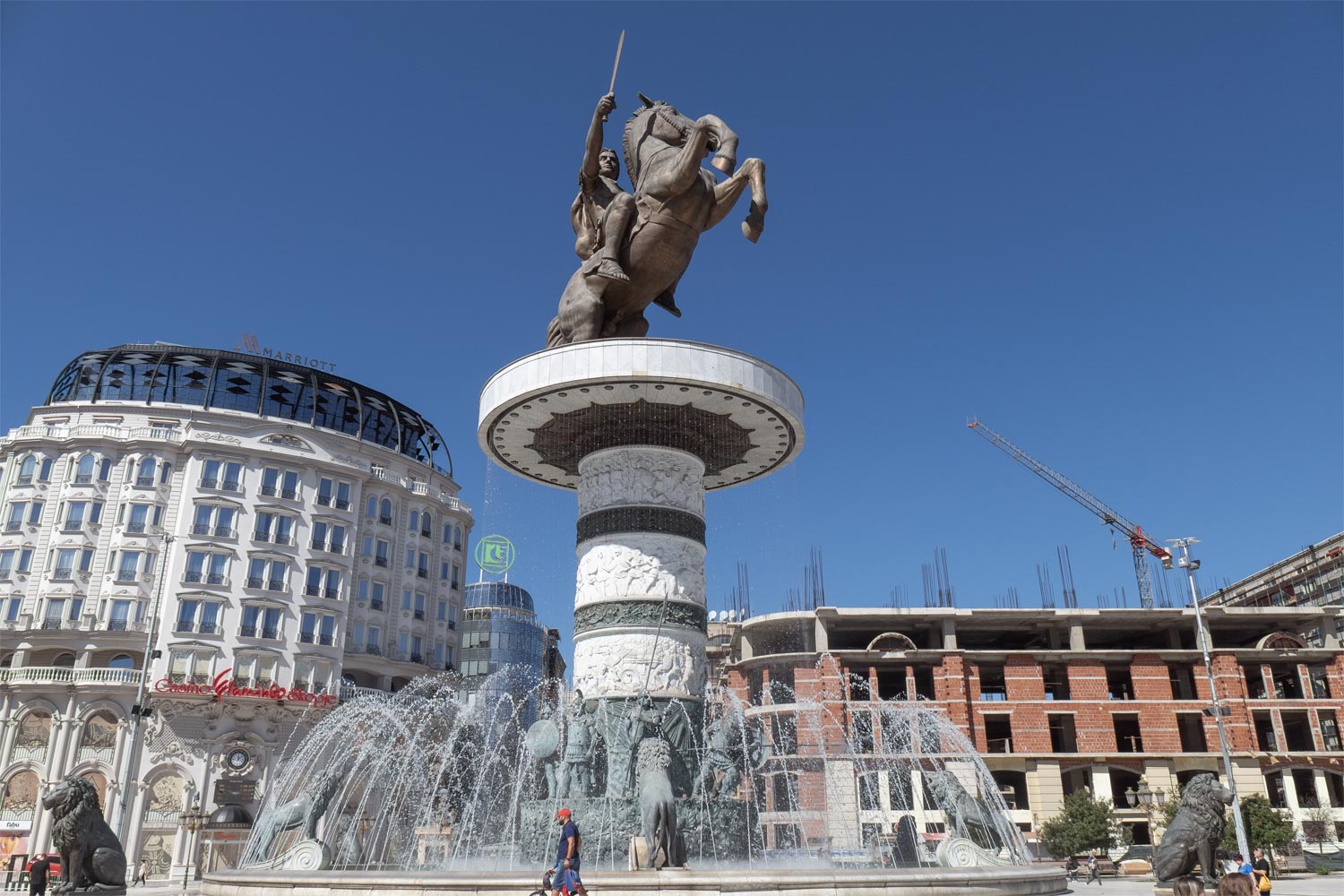
The feeling from the city is as if a village in Tatarstan saved up their salary for 10 years and bought a garden sculpture at Leroy Merlin.
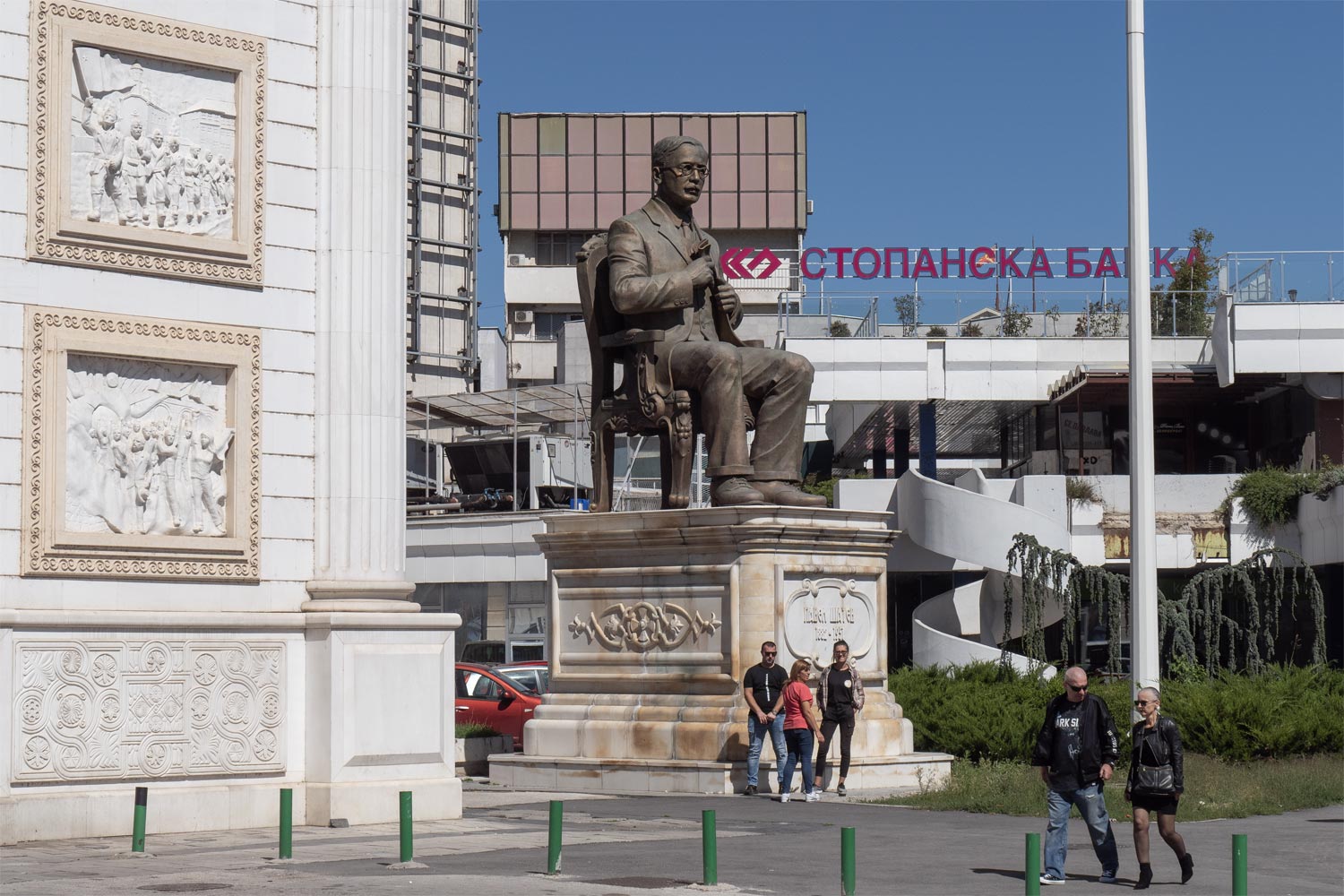
Moreover, Skopje persistently pretends that everything is perfectly fine, and it’s only your imagination.
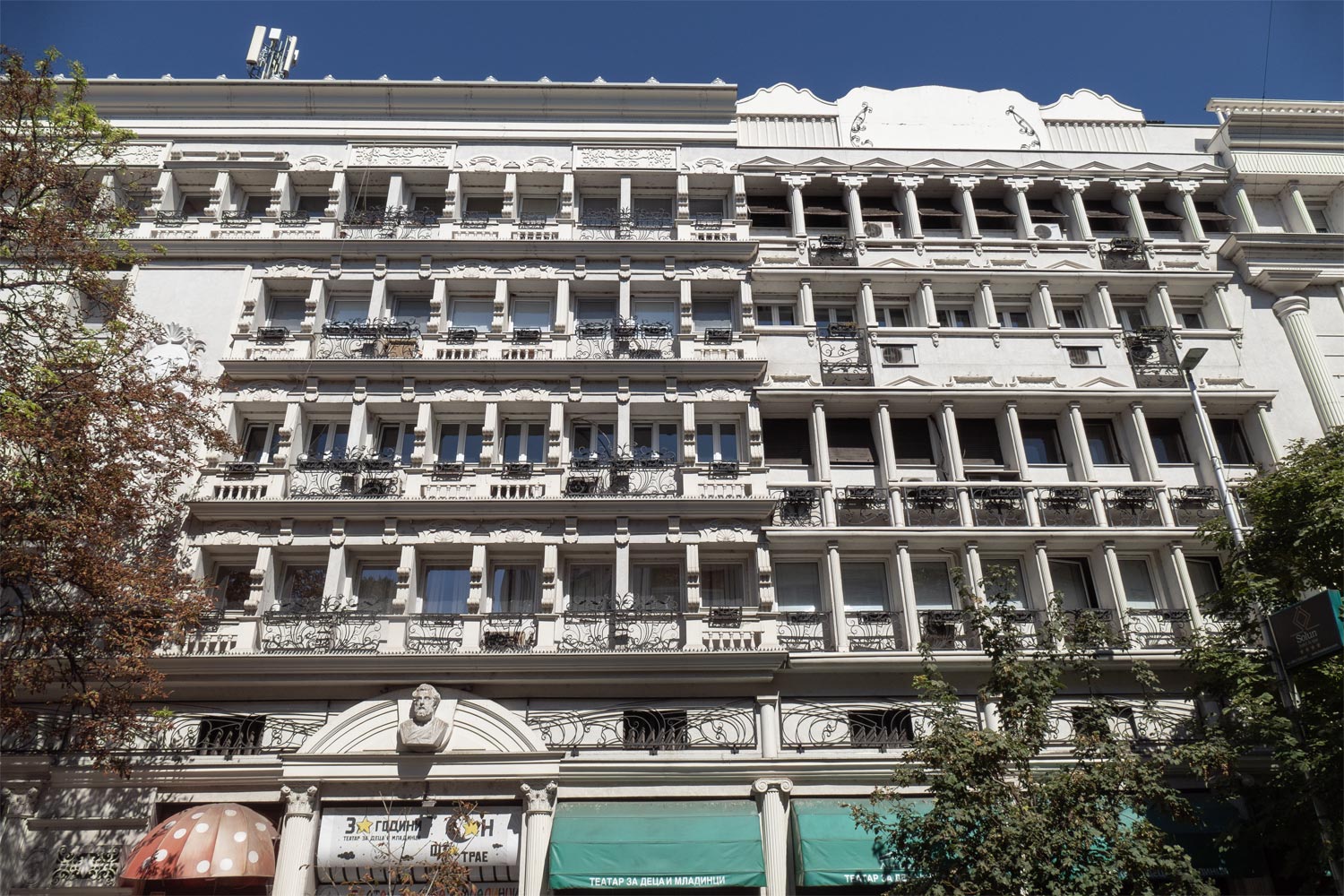
No, it’s not.
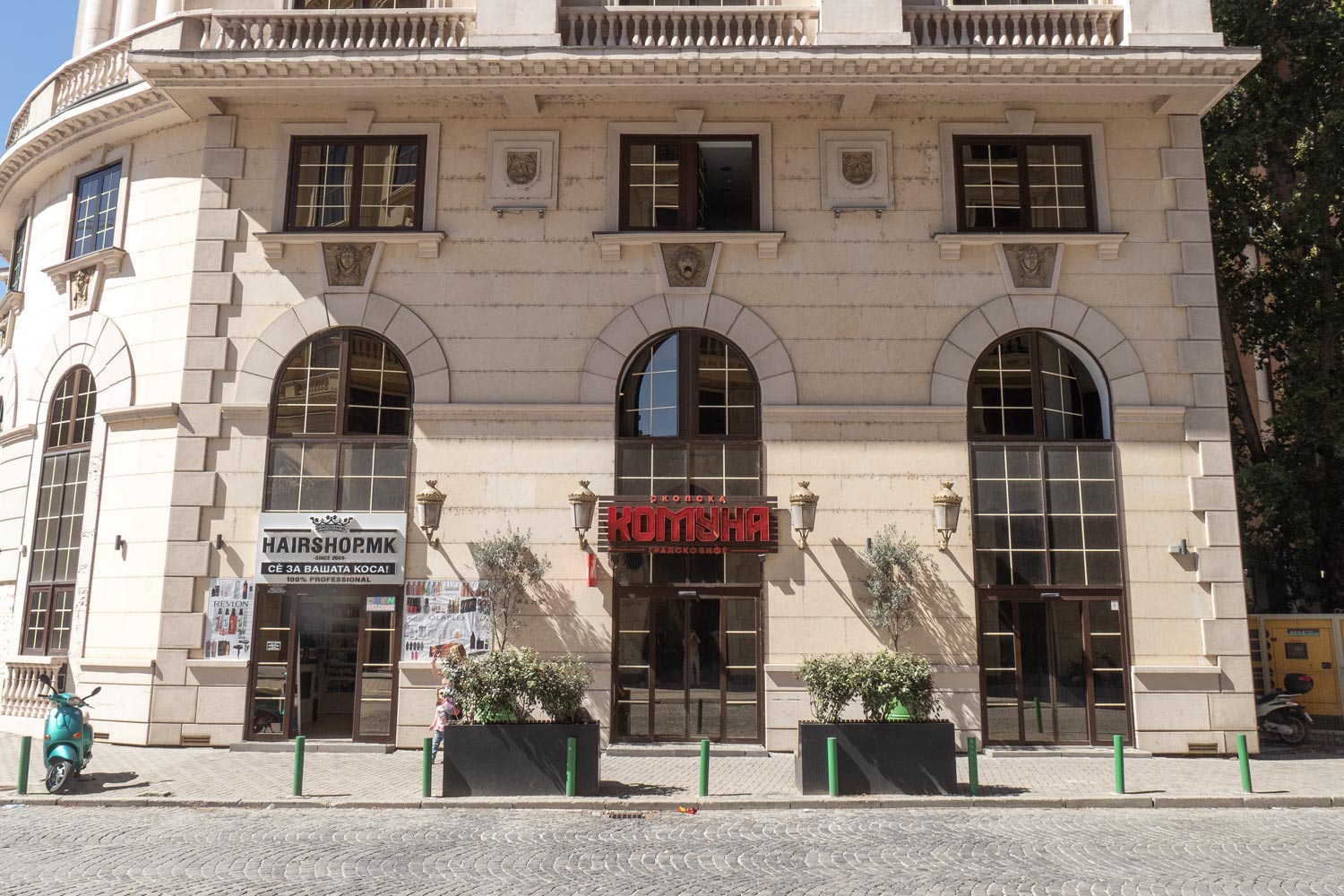
Cause just 100 meters away from Alexander the Great lays a flea market with an ancient Greek inscription “Green Bazaar.”
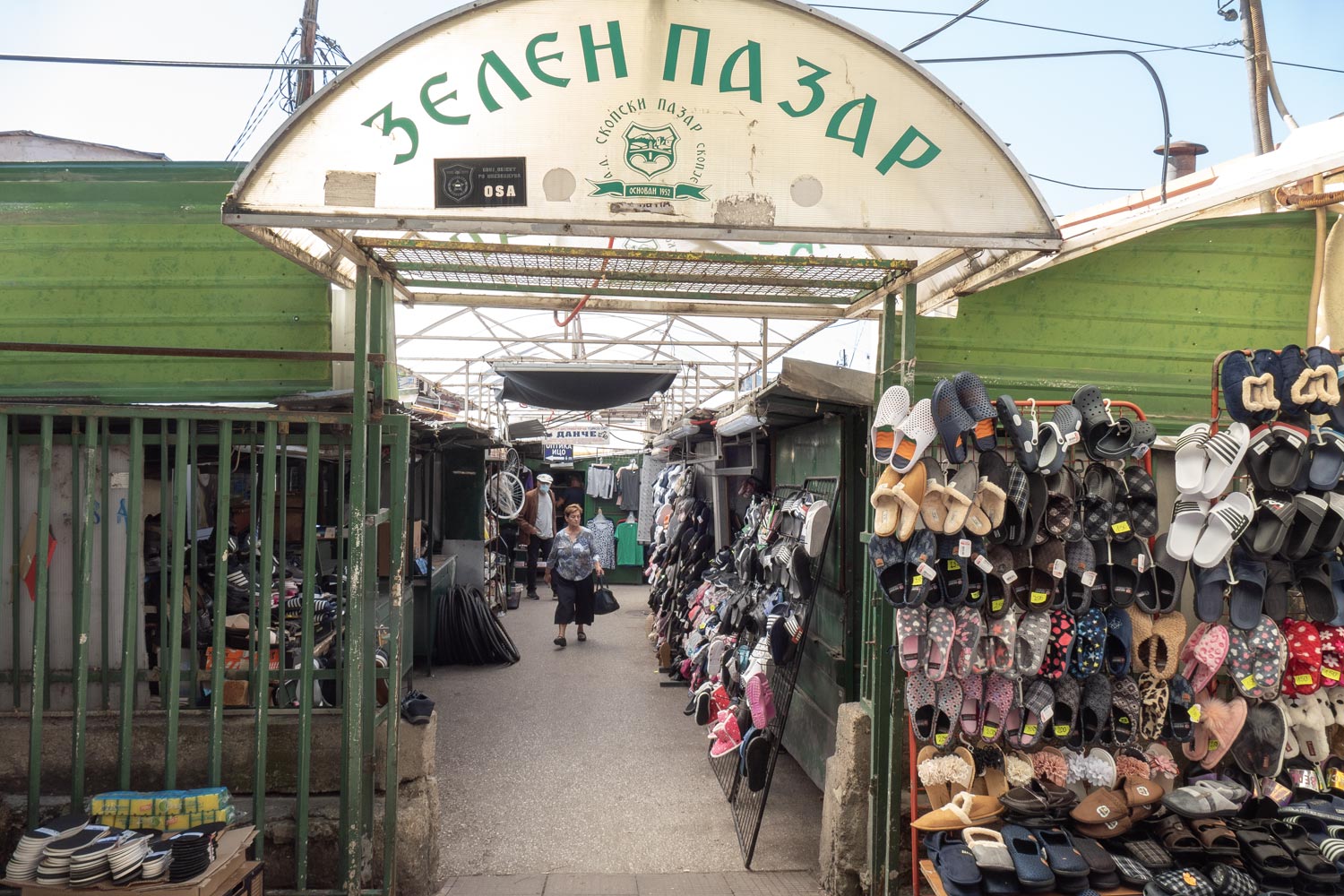
Somewhere around here, in Ancient Macedonia, Plato wrote his treatises.
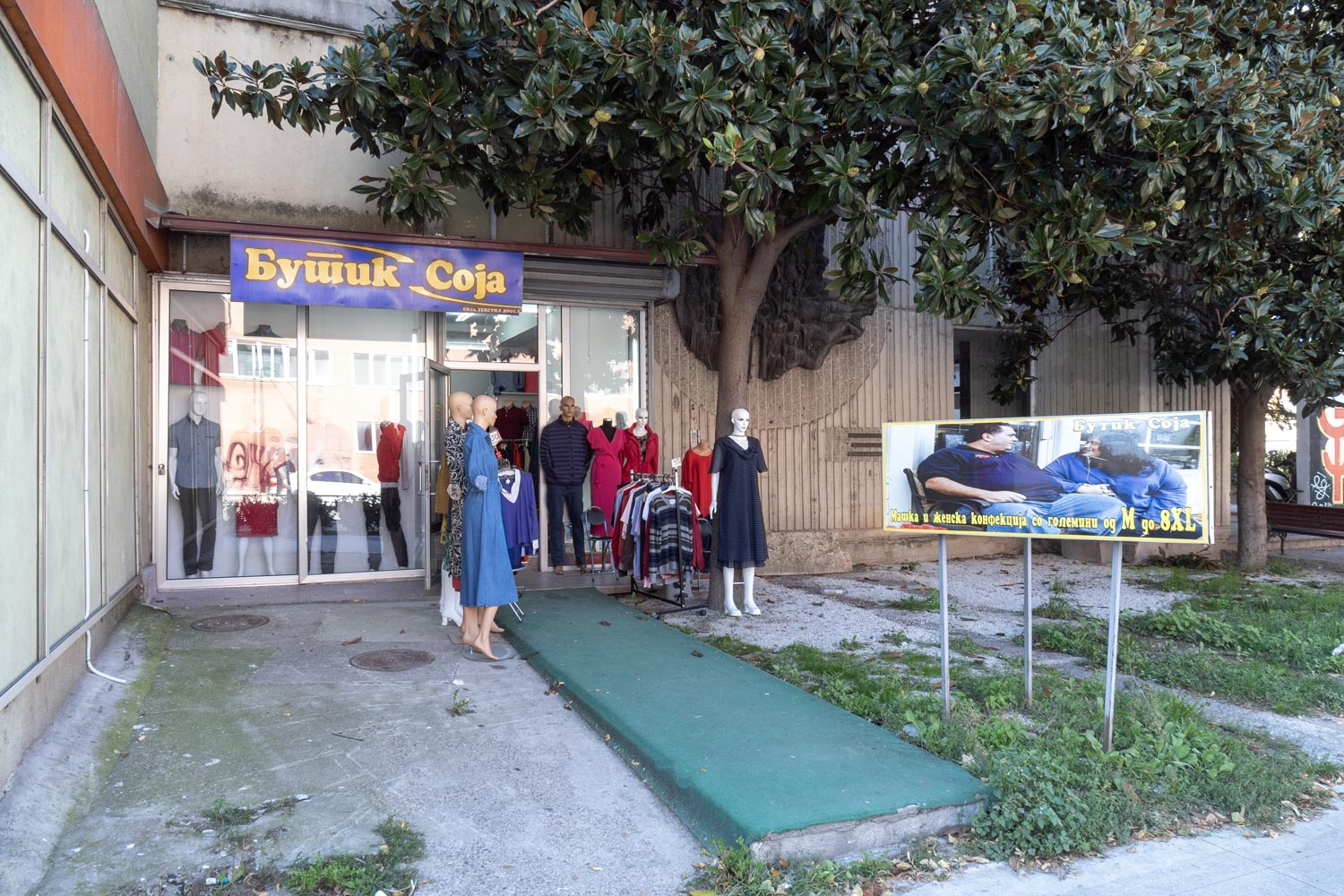
Somewhere around here, Archimedes exclaimed to a soldier, “Do not disturb my circles!”
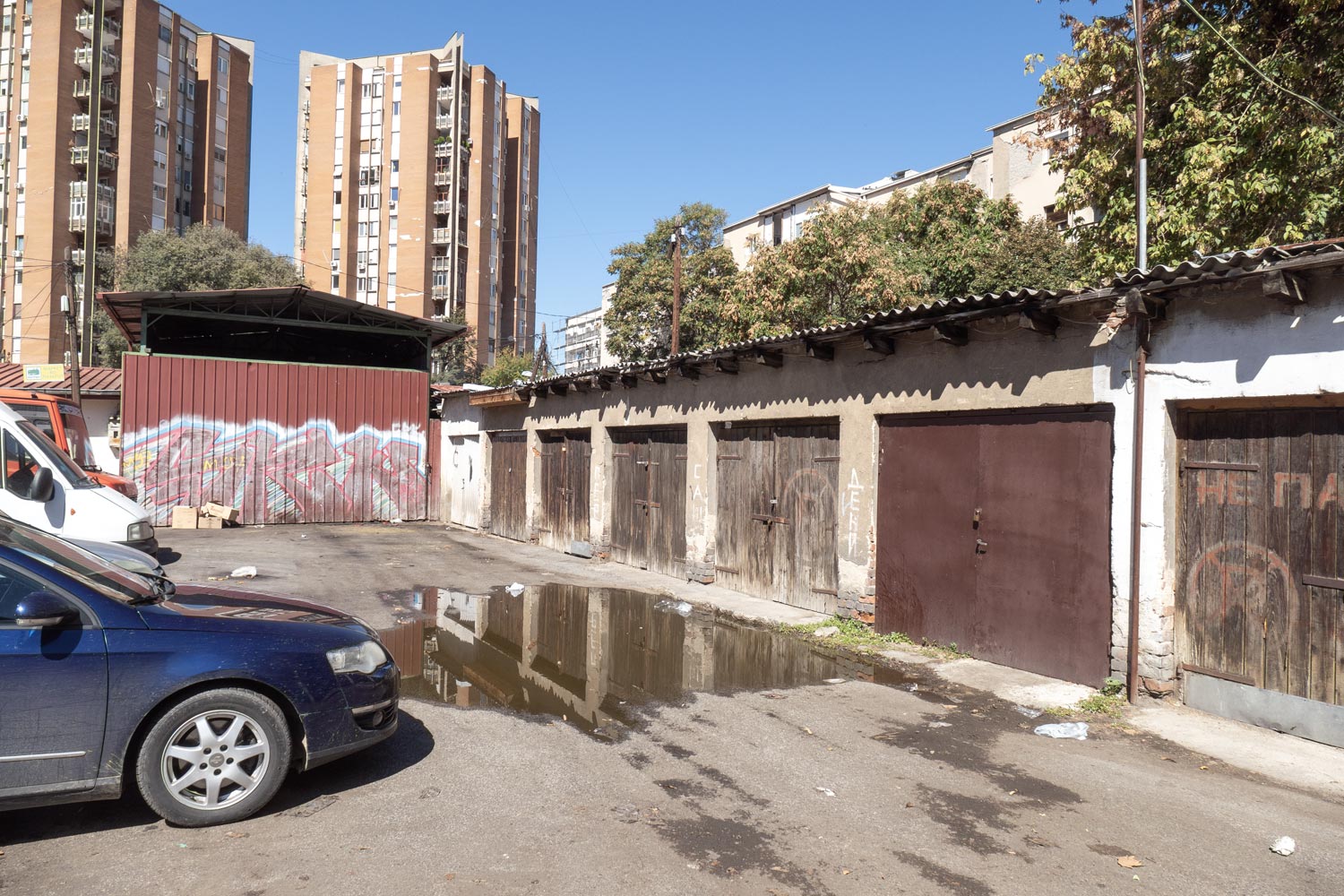
Somewhere in the vicinity, swift-footed Achilles couldn’t catch up to the tortoise.
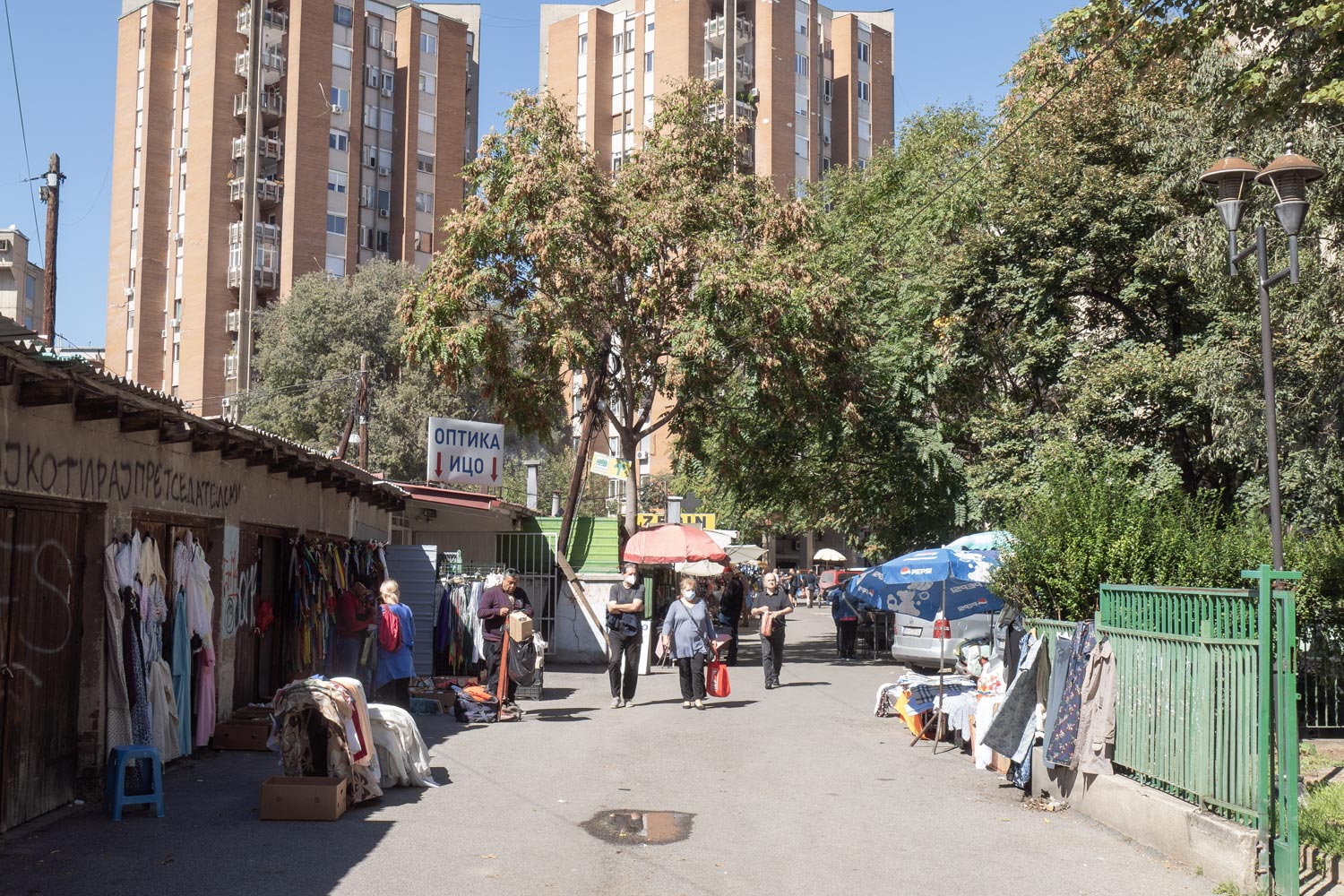
The philosopher Plato wrote the treatise “The Republic” in democratic Greece, in which he referred to aristocracy as the best form of government and placed democracy between oligarchy and tyranny.
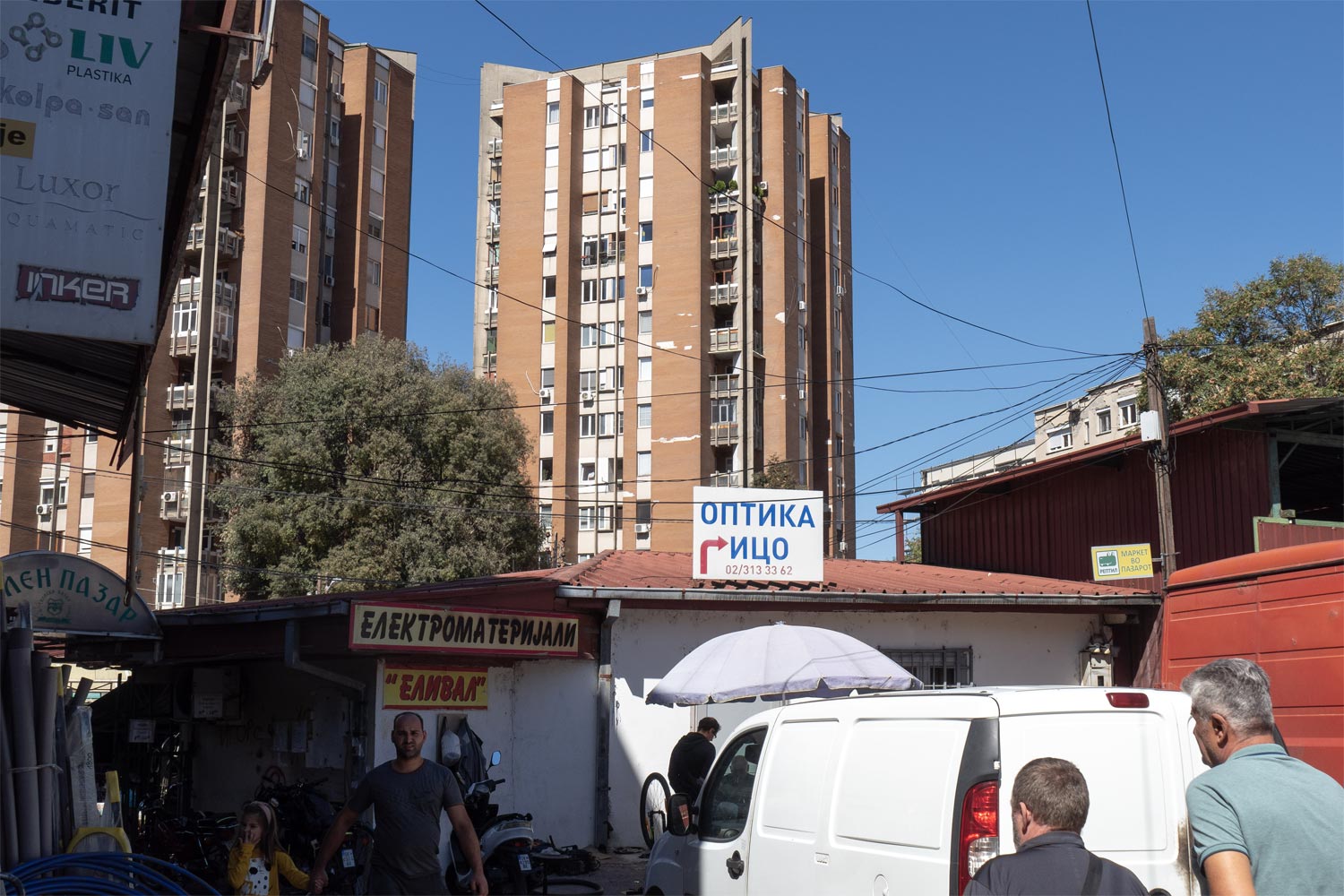
His student Aristotle wrote his treatise “Politics” when Greece was already conquered by the Macedonian Empire. He advocated for a form of government where the rule of the majority serves the common good, considering it the best form of governance.
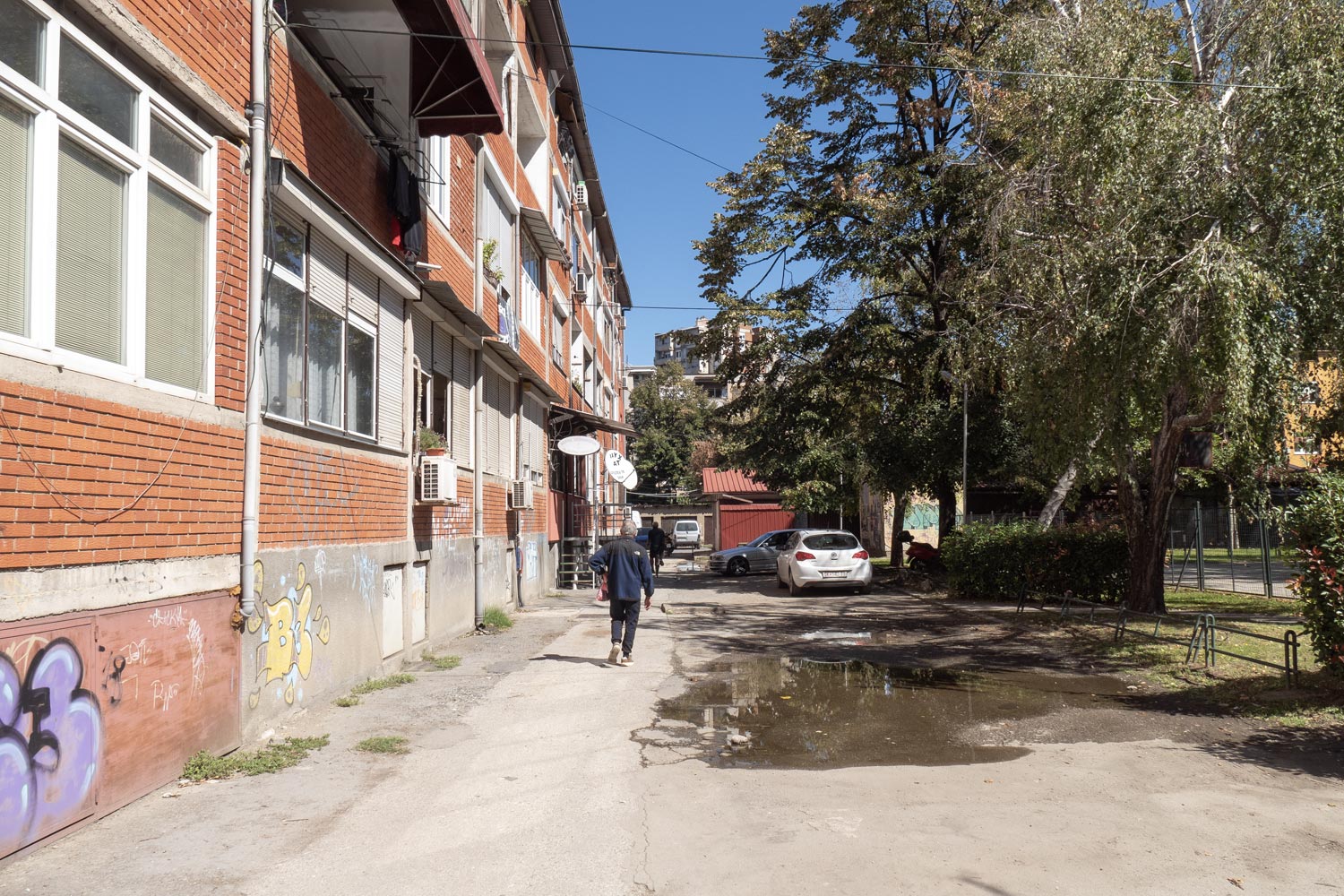
Aristotle refers to this form as “polity” and states that it arises from a combination of oligarchy and democracy.
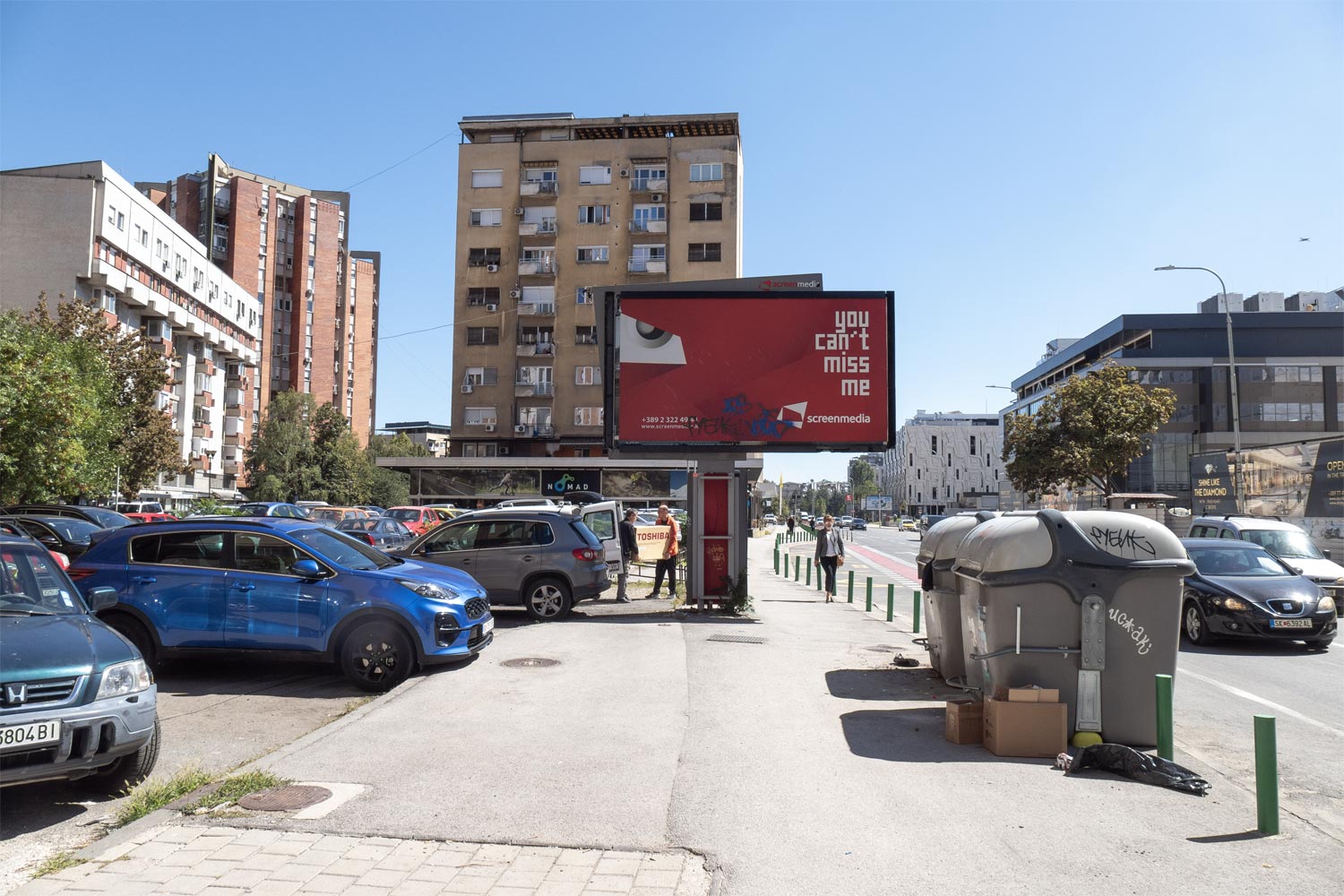
There is a suspicion that Aristotle had something else in mind because the mixture of democracy and oligarchy is precisely what Macedonia represents.
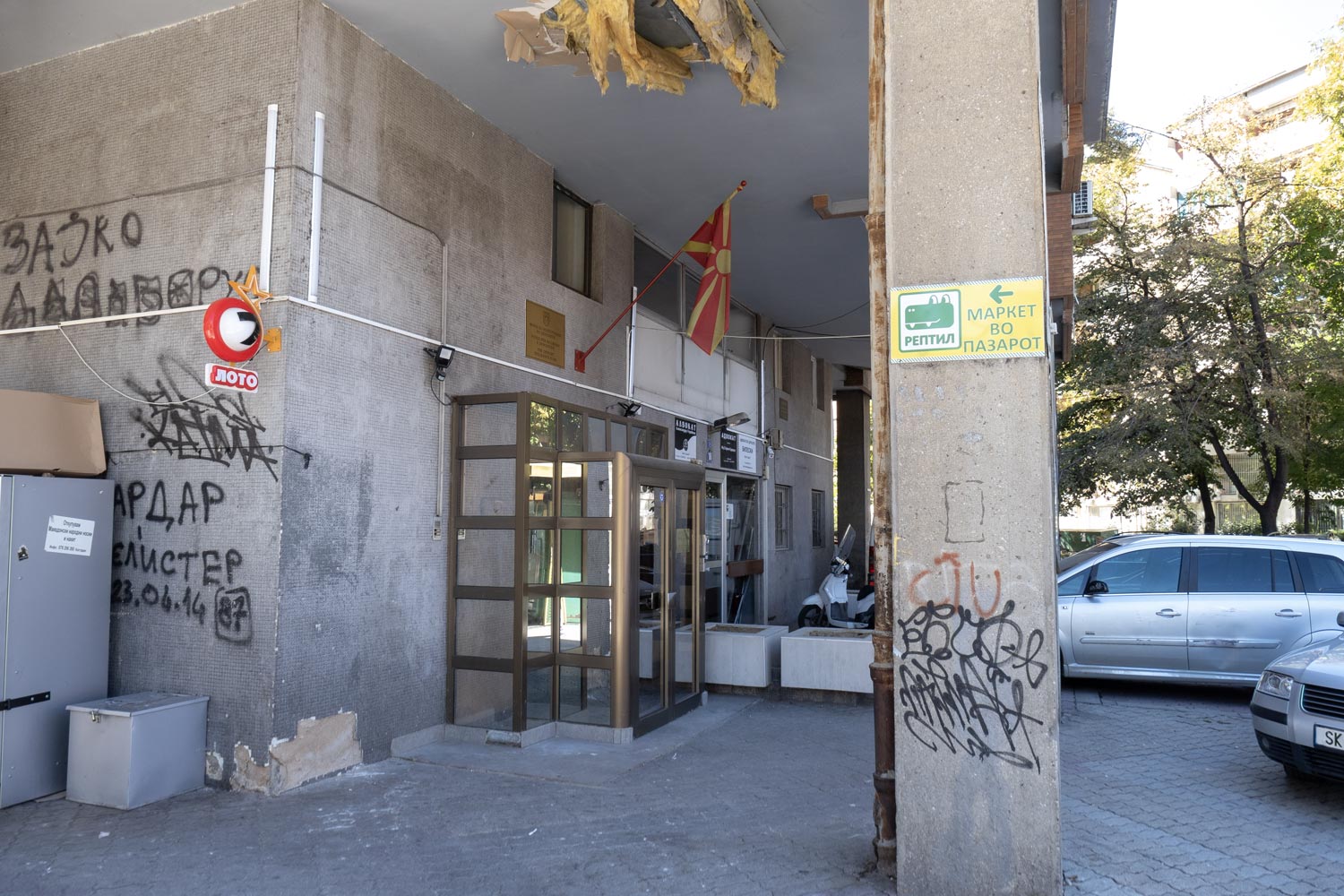
By the way, in Skopje, I discovered that I understand Macedonian language. At first, I tried to communicate with the hotel owner in English, but he told me to simply speak Russian while he spoke Macedonian.
After a minute, I noticed that I simultaneously understood nothing, but at the same time understood everything. Only a third of the words were similar. But when the Macedonian repeated the phrase at my request, another third of the words became similar. As a result, we communicated by repeating each phrase three times — and understood each other completely!
“Tell I, Andrey, how e Macedonja?”
“Well, in the center it’s not bad, but once you go a little further, everything is dirty!”
“If ye go frae Kremlin in Moscow, clean yonder?”
“Well how to say...”
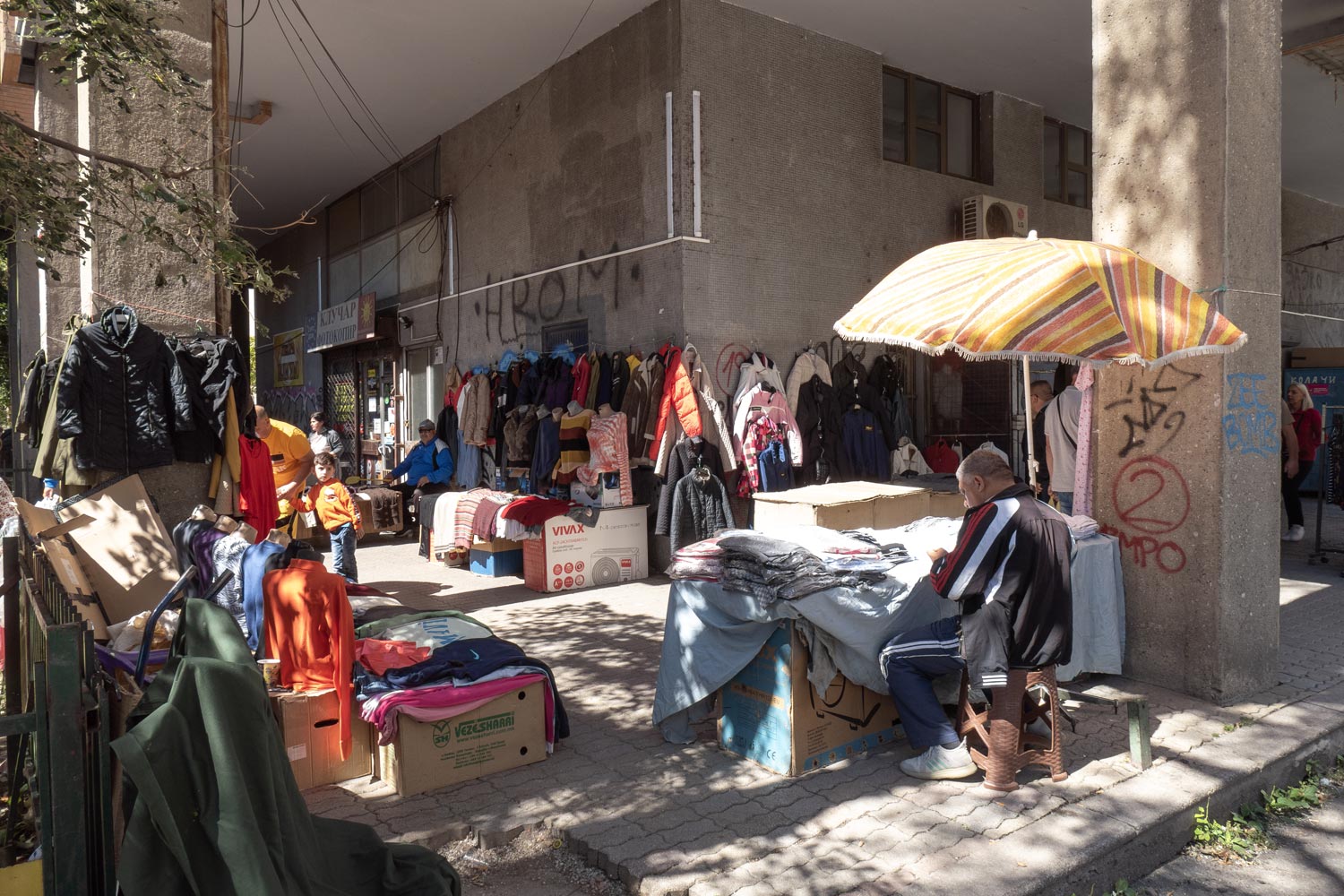
Muslim part
All the sculptural extravaganza is located in the Christian part, while the Muslim part, which is across the river, is quite nice.
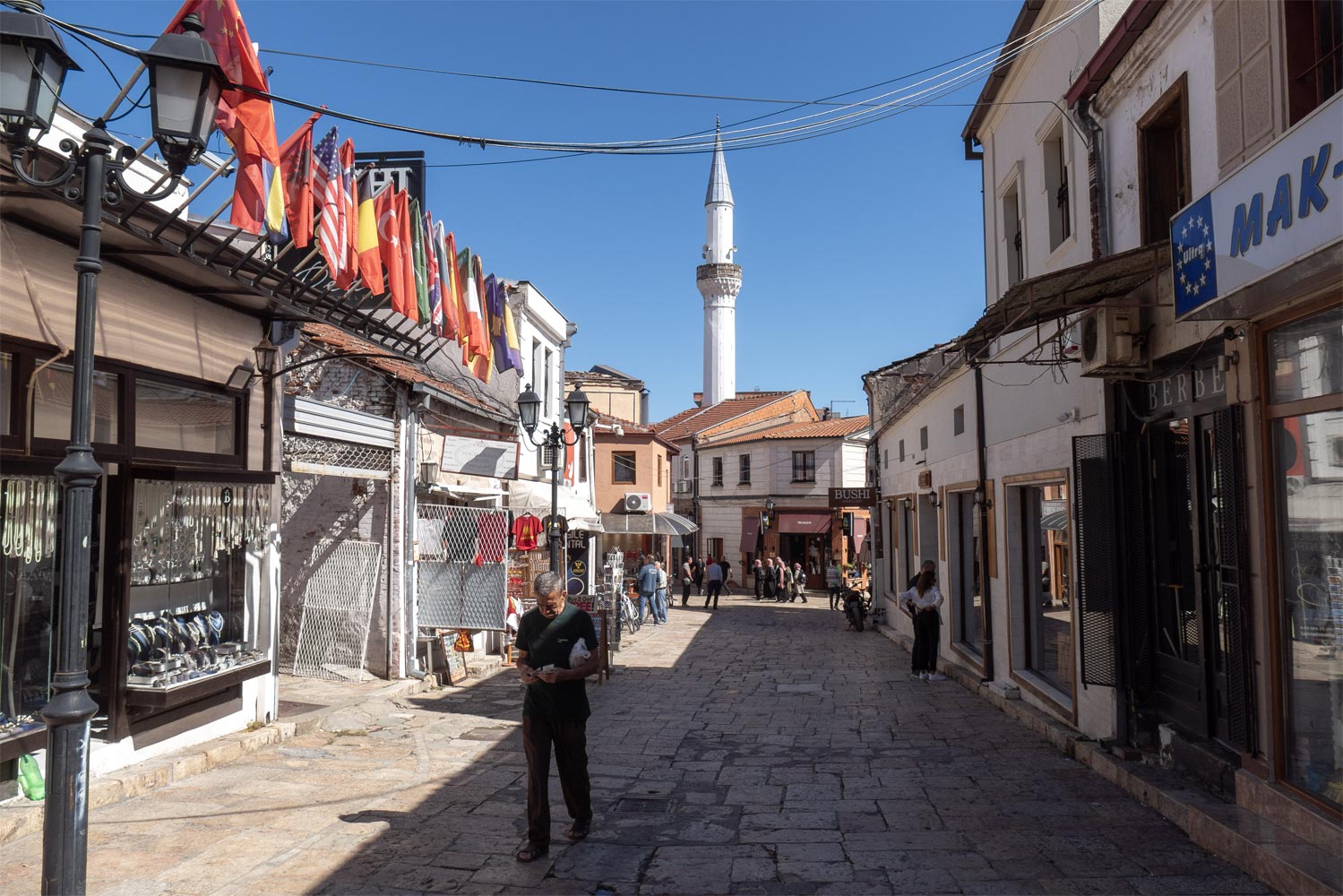
Complete opposite. Absolutely own world.
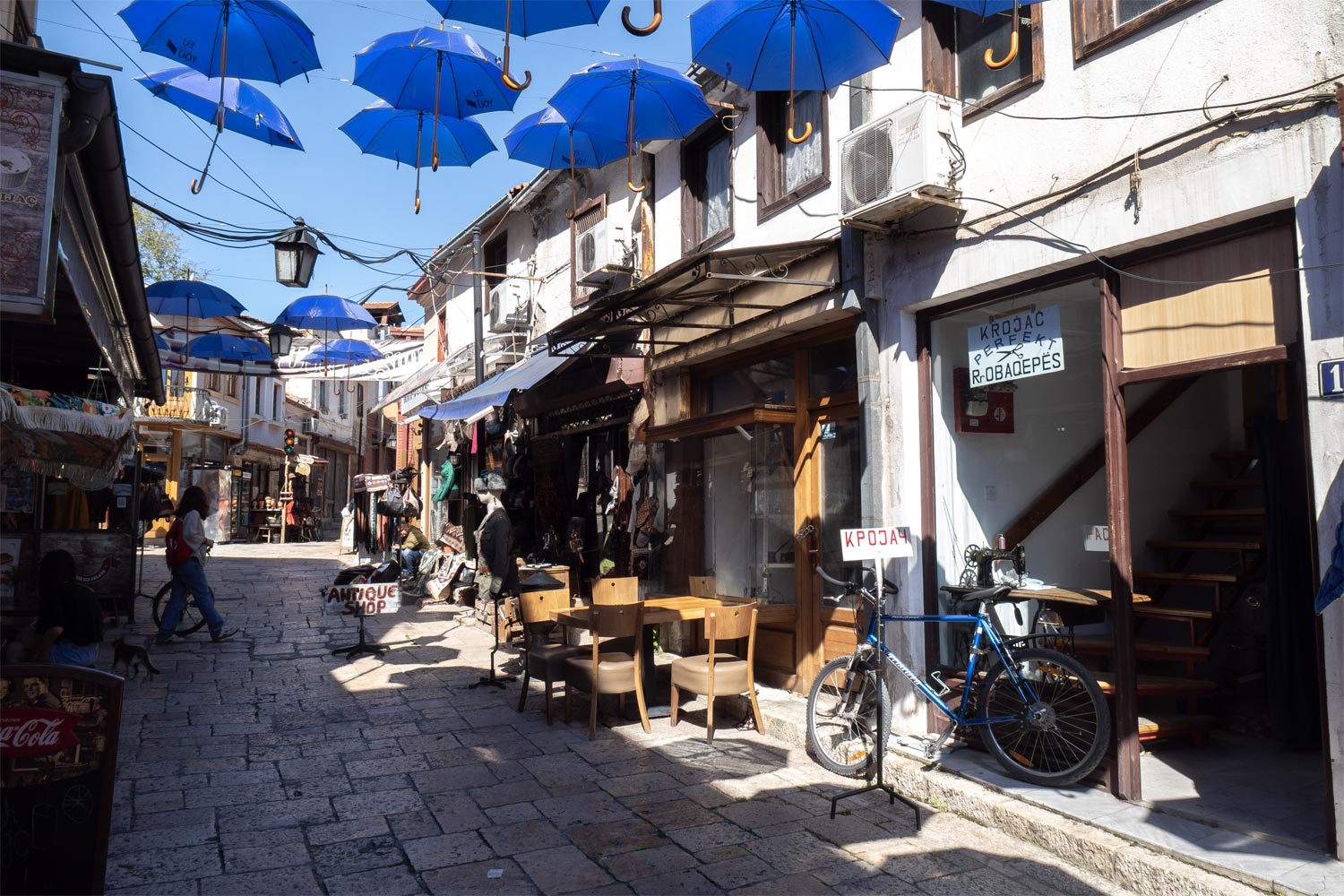
Nearly 70% of the population in this neighborhood are Albanians, Turks, and Bosniaks.
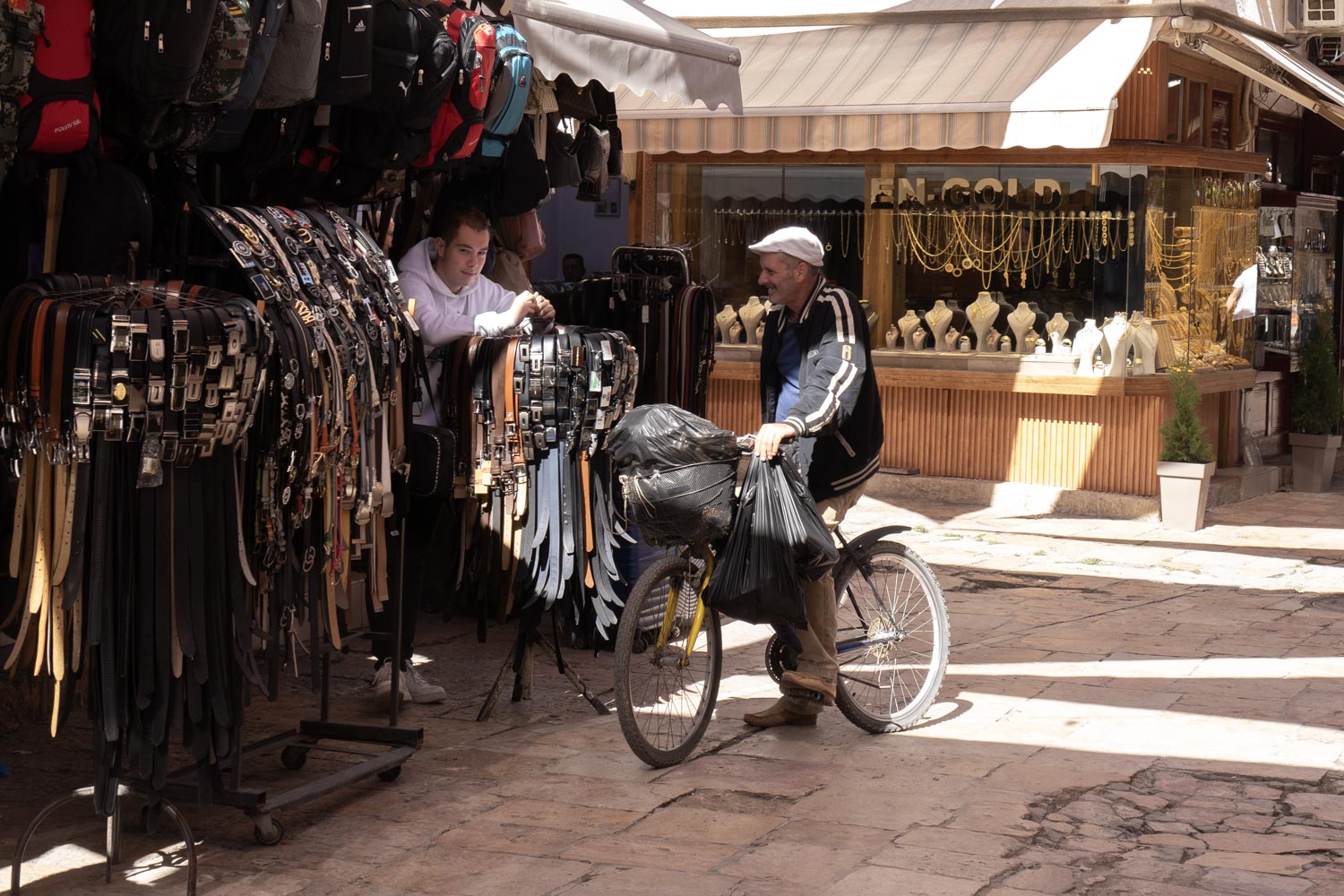
The neighborhood is called the Old Bazaar, and it is the largest bazaar in the former Ottoman Empire after Istanbul.
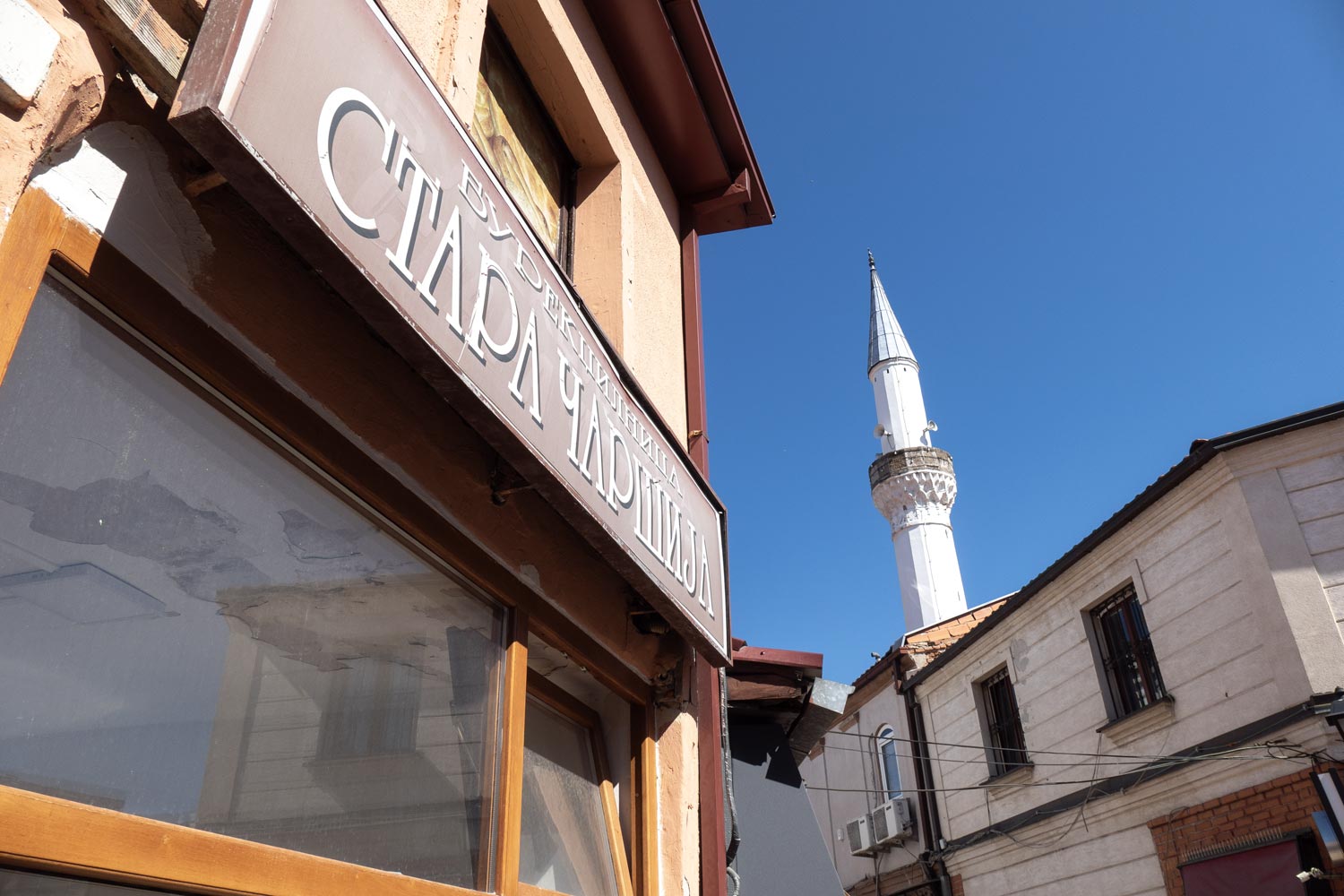
At the bazaar you can buy anything including uranium.
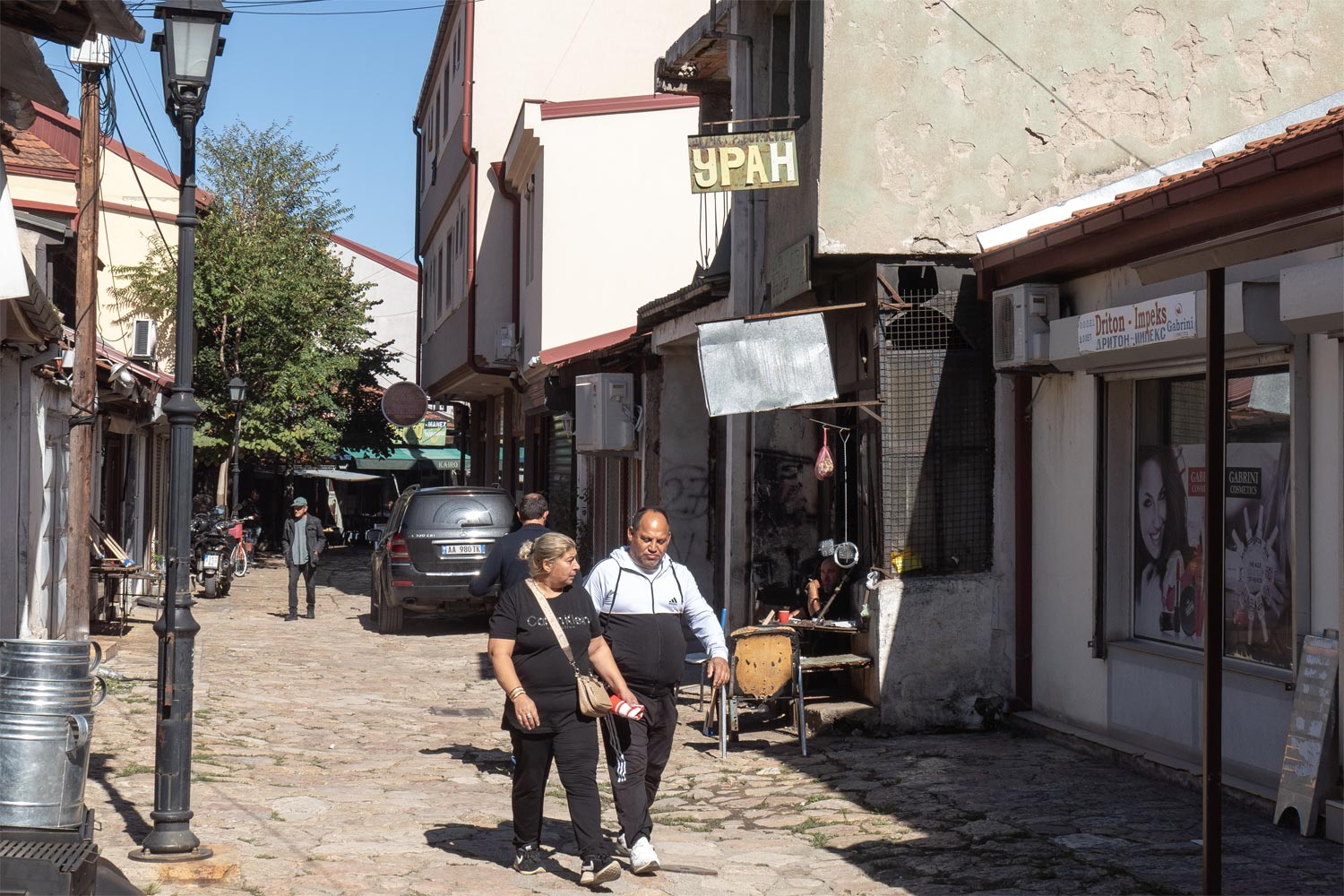
The neighborhood is home to former Turkish baths from the 15th century and a couple of historical mosques.
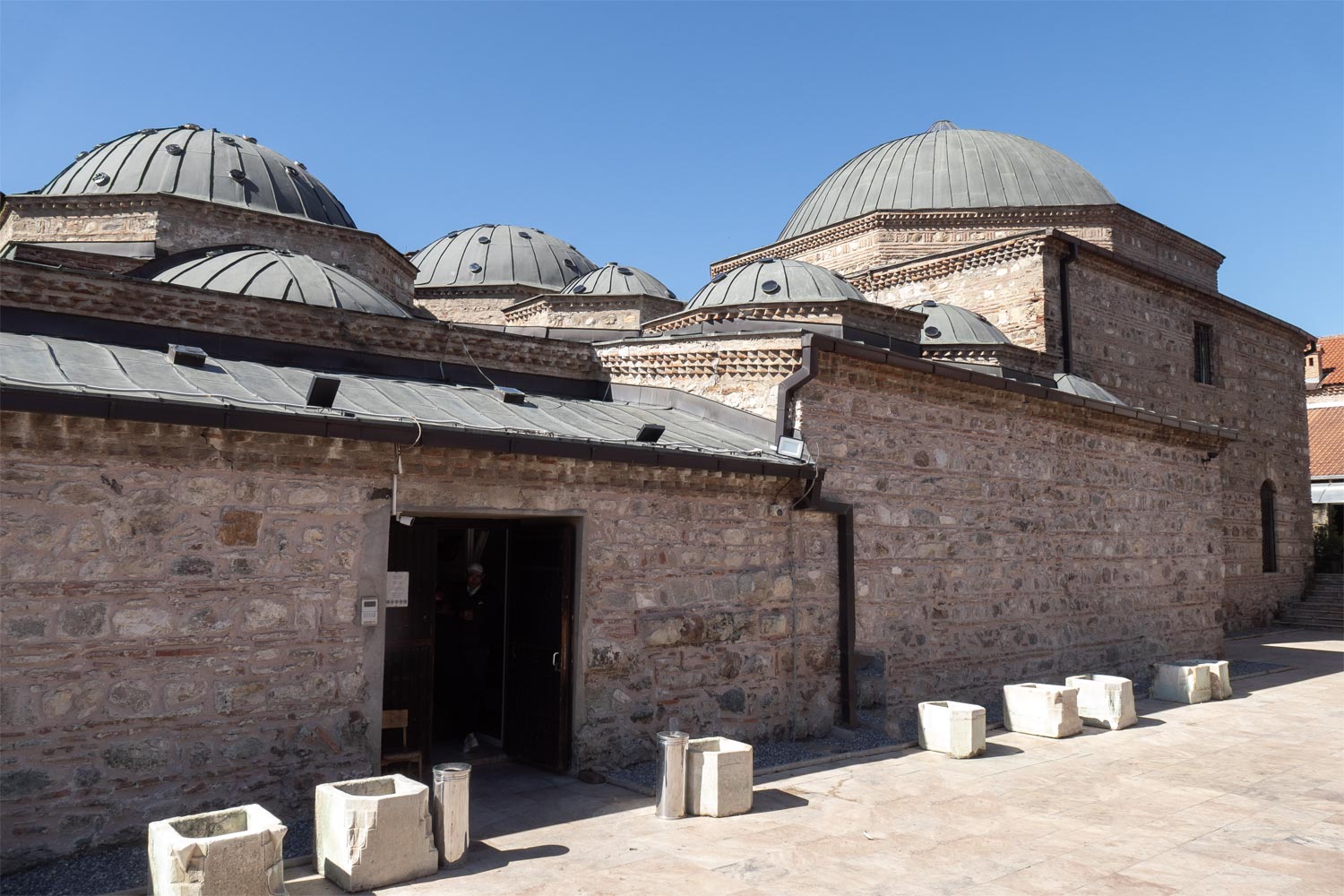
There are also dozens of fantastic Turkish establishments here, where they serve delicious kebabs and pour the best coffee in the Balkans.
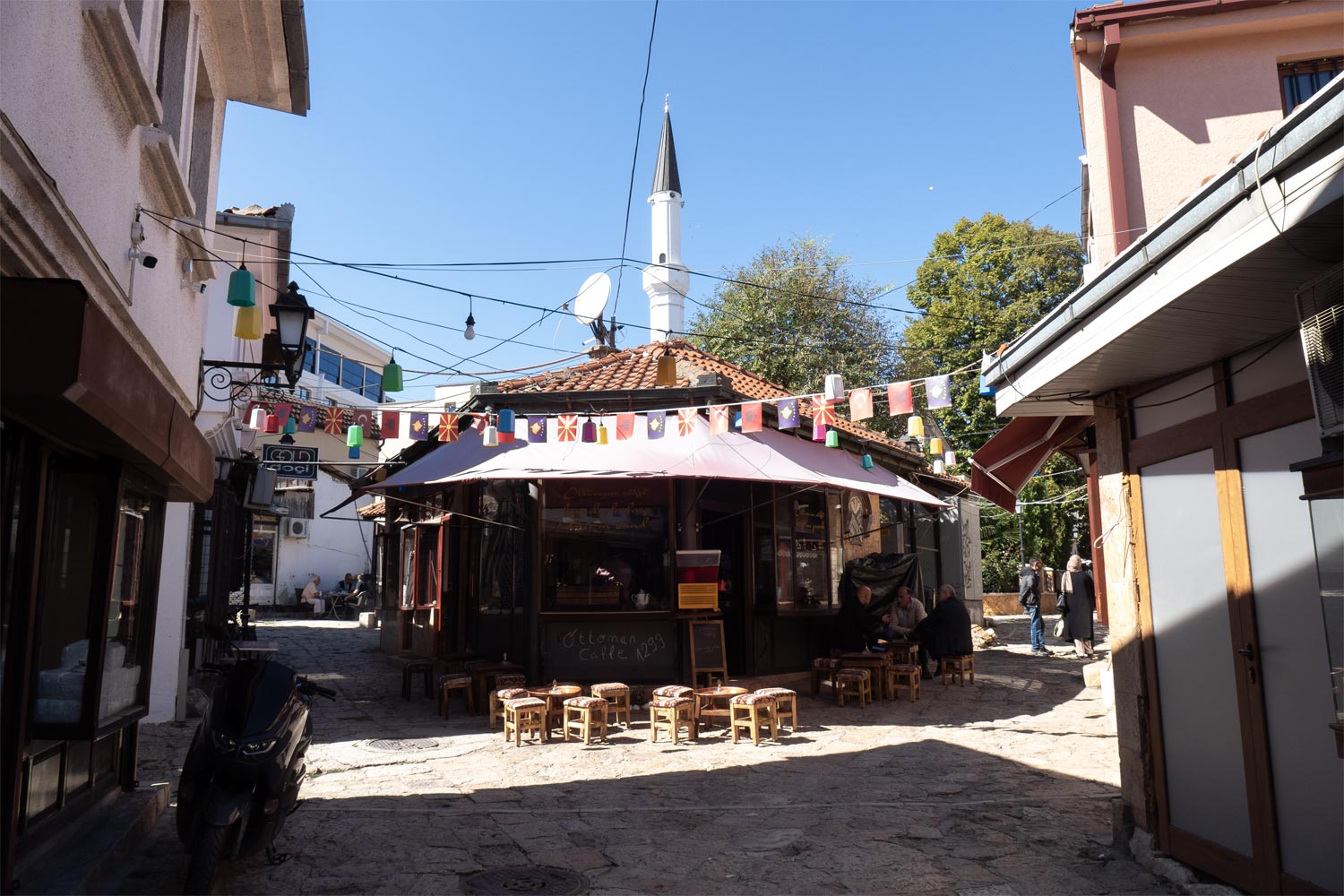
The contrast between the Christian and Muslim parts of Skopje is understandable: Macedonia was under Turkish rule for many centuries.
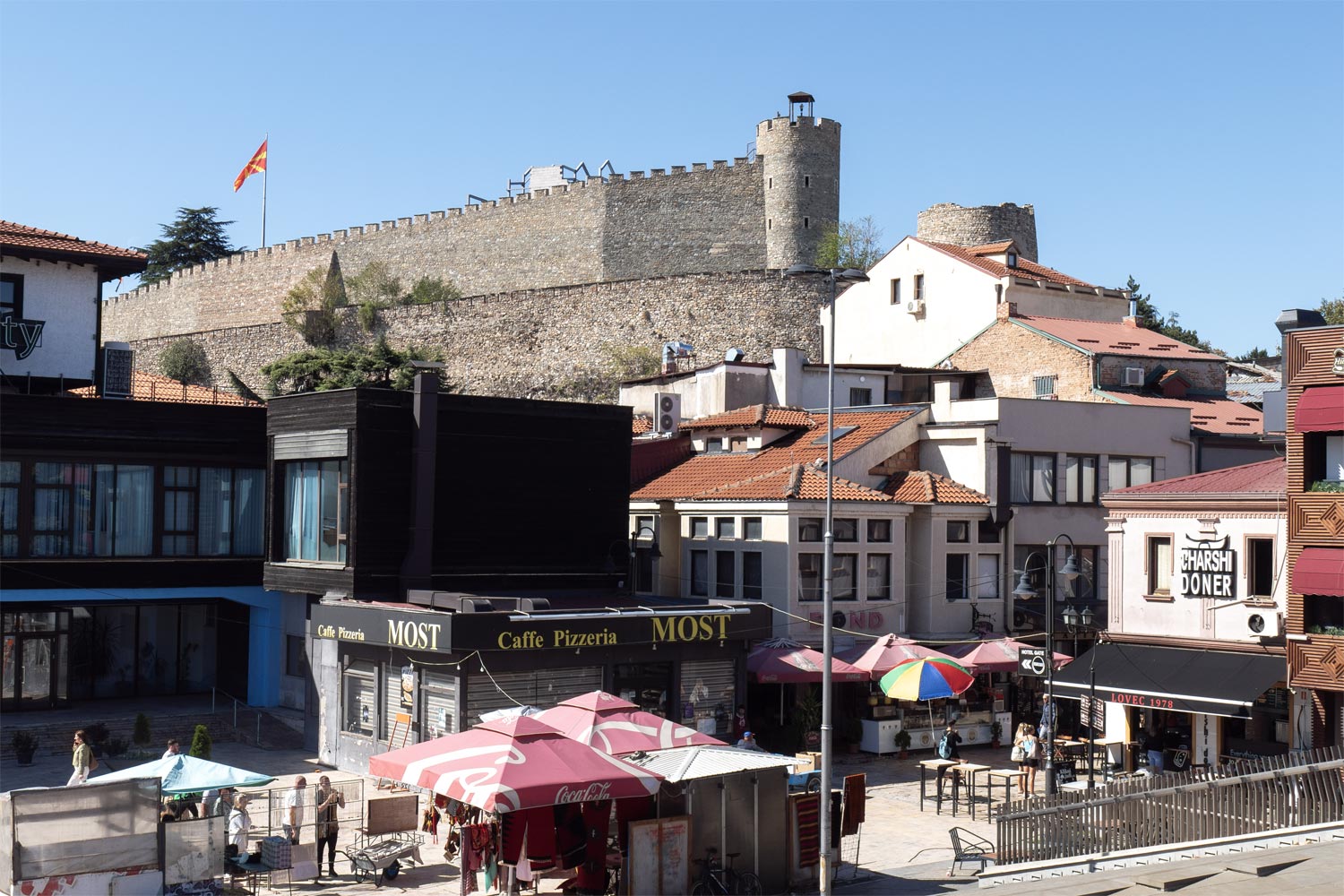
It’s unclear what the authorities of Macedonia are trying to achieve. Make up for lost centuries by overwhelming the Christian part with new construction? Well, well.


